Spotlight > Whistle Categories > Variety > 101
WHISTORY:
‘Sound effects’ whistles might be a more accurate name for our SPOTLIGHT on this month’s Whistology subject. It is certainly more understood as such, encompassing a far greater field of music and special effects used in the history of entertainment. However, the heading of drummer’s traps is more apropos for our specific purposes.
An enigmatic and obscure subject of whistle collecting is what is called ‘drummer’s trap’ whistles. The name alone is shrouded in abstractness. Why are they called traps ?? Why are they associated with drummers ?? Available histories on line about drums and sound effects point to the name being a shortened form of drummer’s >>> contraptions reduced to ‘traps’. Why so you may well ask ?? Apparently this is a nickname given in the trade, because in the early days of the drums development during the late 1800s, the gathering together of drum sections looked like contraptions and perhaps by extension the array of specialty equipment for sound effects.
Furthermore sound effects might be allocated to back stage hands, the pianist or most times to the trap drummer. Indeed earliest notes show that there may have been separate drummers, until the pieces were able to be assembled for less needed players and eventually somewhat mechanized about the turn of the century. Accordingly, there would be a table or other means to hold the different devices used by the drummer to make special effects. Among these would be certain whistles and therefore the subject of our study.
Dating back to early live performances with sound effects (quite far back in history ) they grew into more public scrutiny and marketability during the silent film era of post 1900 to the late 1920s. Indeed the Vaudeville and Nickelodeon era preceding the cinema, provides the grass roots of drummer’s traps. The history is complicated by so many venues such as minstrel shows, circus acts, carnivals , stages, melodrama, burlesque, lyceum lecturers, opera houses and nickelodeons, all wrestling with each other’s ‘emerging technology’. What we might call ‘jurisdictional conflicts’ to quote Rick Altman. No specific dates will be given since they either overlapped or developed parallel AND as so much is being examined retroactively, we need to be cautious. It is all too easy to make assumptions. Only with catalogs, stamps and of course the whistles, can we try to pin down specific makers and dates of the whistles we would examine.
Suggested categories:
burlesque
circus
carnival
stage
minstrel
lyceums
slide shows
vaudeville
nickelodeon
cinema
Here are some important points of study and with them we are creating a ‘pivotal date’ to swing forward and backward from in time. We will rather arbitrarily use ( for ease of reference only ) to divide as a pivotal point the year 1900. The first Nickelodeon dated is published back to1905. About this time Ludwig made some major improvements in drums dated to 1909. The Vaudeville age spans from post-civil war ( 1870 ) to 1930, so we are bisecting it with the date 1900. Extant catalogs found started standardizing and emerging right after 1900.
So let’s review these areas of study with:
- ‘Punctuation’ versus ‘accuracy’ ( for the intention of the sound effect )
- audience active participation versus being silent
- standardization
- marketability
- types of whistles
- countries of origin
In researching the history of sound accompanying these performances, several things stand out. One aspect is that special effects ‘moved’ from outside the entertainment at hand — to inside. What this means is that the one making the sounds first drew attention to himself creating in the foreground, like the one presenting the action. This later changed as he drew attention to the screen ( or presentation ) by supplementing the reality —– by his sound effects staying in the background.
This was a major shift. An example would be when someone took a fall, it would be hit as punctuation, perhaps like a classic drum rap — which would tell everyone to laugh. This drew attention to himself.
Later the change in sound effect would become the background noise, becoming softer and more accurate to the cause and substrate, in effect making the event more believable. So now there would be an impact of actual sound — to make the fall more believable. At the same time the focus would be on the action rather than the sound effects man telling the audience what to do.
Whereas pre 1900 the audiences were interactive, they ceased being so with the cinema. The sing-a-longs, hooting, shouting and innumerable noises emanating from the audiences became distracting from the storylines.
Furthermore devices that had been cobbled together and idiosyncratic with different performers, changed with whistles, sliders, sirens, railway devices — which became mass produced and standardized.
Music companies and special effects companies mobilized to disseminate catalogs, advertisements and newspapers to reach performers more readily for sales — and in the process creating a record for study.
Whistles ranged from metal, wood, and plastic and came in many types and sizes.
Of extant catalogs and advertisements, three countries stand out as supplying whistles for sale in the USA, our focus being on metal only.
- USA
- UK
- Germany
A restriction with research is that the earliest catalogs or advertisements for circa 1900 are quite difficult to find in tracing out the earliest manufactured drummer’s traps. For example Yerkes and Ward who may well have supplied companies such as Leedy and Ludwig/Ludwig are difficult to obtain. So we will proceed with what is presently known and update or revise the article as things surface. The earliest catalogs are from Ward dated 1904 and then it jumps to circa 1910 and on. Understandably this leaves a decade prior of unknowns, assuming that 1895 was a beginning year for drummer’s traps in general. Of course custom gathered traps were no doubt put together before major marketing arose.
One manufacturer does stand out, Walberg and Auge. They date to 1903, perhaps making some whistles before that date, but the inception officially starting there of manufacturing for a market at that date. By permission, note some of the quotes from Walberg and Auge: the History and Future of America’s Most Innovative and Unknown Drum Company.

This publication has proven to be a valuable resource and is well worth the read. Not only all the catalogs are copied for reference, but the explanatory notes fill in the connection between W&A and the other distributers of the day.
From the 1917 catalog…
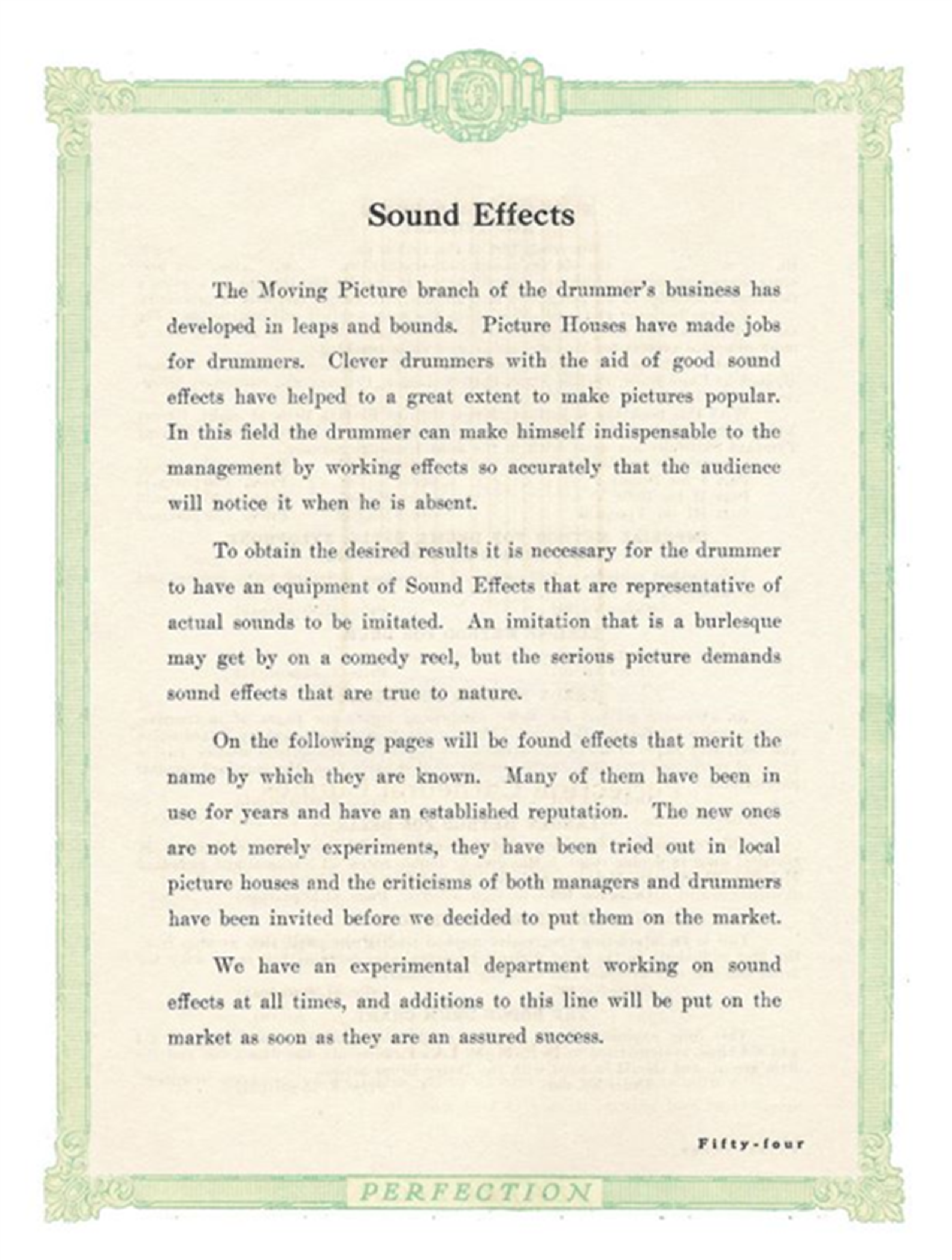
Whistology:
Our focus is on specific whistles that were used along with other sound effects, whether from an outside setting, inside in the stage pit, behind the screen, or whatever venue.
- Rounds
- Escargots
- Sirens
- Multi-tube
- Sliders
- Warblers
- Bird calls
- GSW ( general service police types )
In looking at round whistles, very few are seen marketed as drummers traps, although many more may have been used. In a very early 1883 J.C. Haynes catalog, a round whistle that looks very close to a Thomas Yates model 8411 from his 1870 catalog in the UK ( and is listed in several sizes ) and pictured. Note the similarities. It also is very close to French made rounds, but would appear to be too early ??
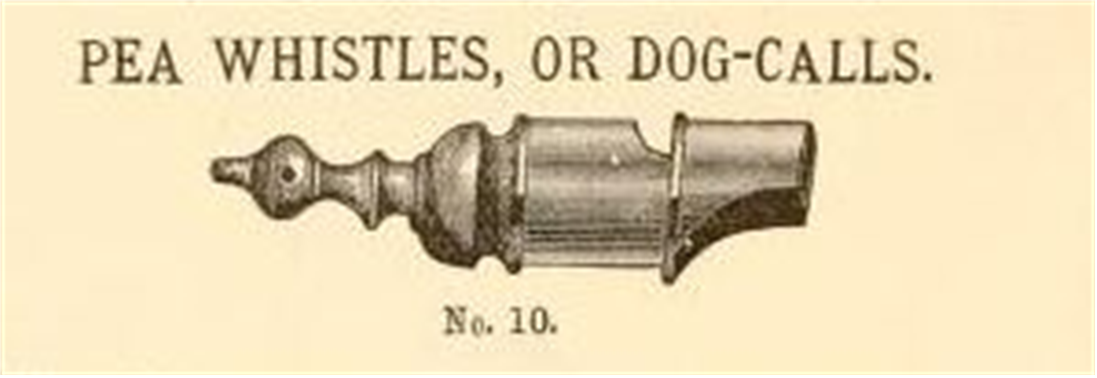
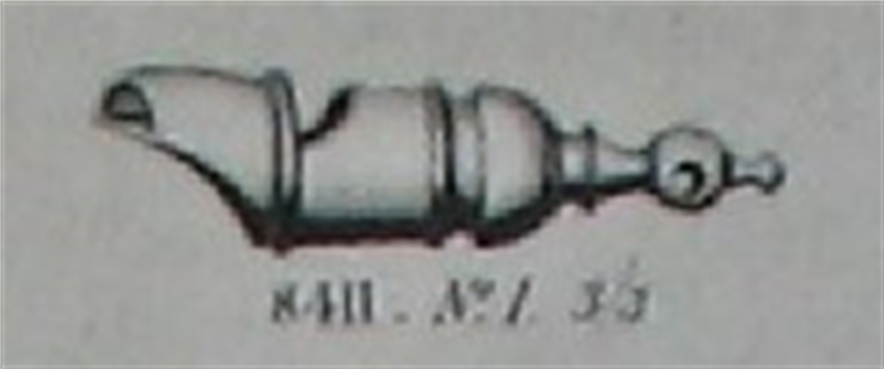
The mouthpiece in the Haynes is straight and the Yates is rounded. Here is a similar example made of pewter.
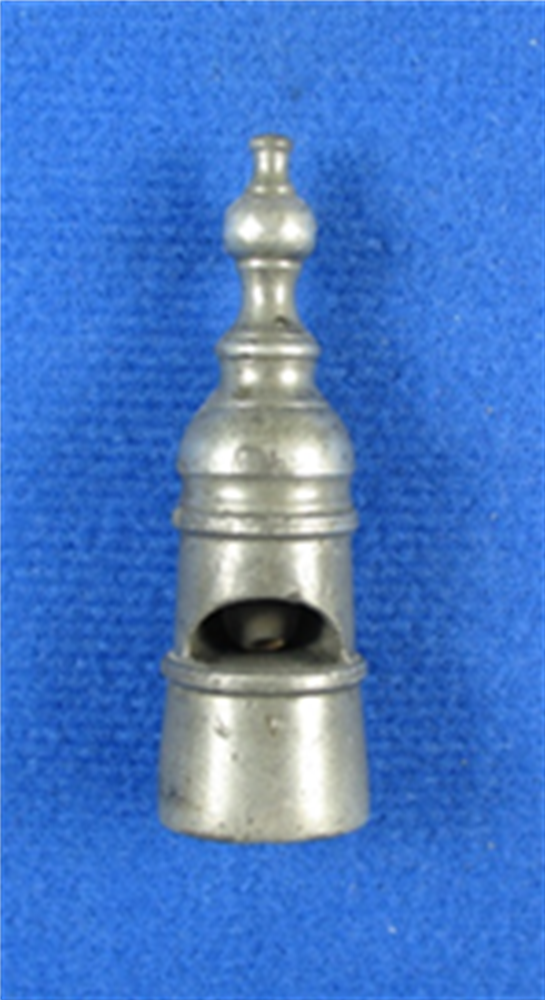
The model 224 ‘cricket’ whistle dates from the 1910 Oliver Ditson catalog. The model 232 ‘pea whistle’ was a celluloid round in the same catalog. Number two police and cricket round whistles are offered in the Duplex catalog for circa 1910. They look like brittannia for the cricket and horn for the police possibly by BGI ). Circa 1914 Sherman Clay offers just one round number 2 again looking like a BGI brittannia round. Here is an excerpt of a catalog image and a possible match of a horn round by BGI

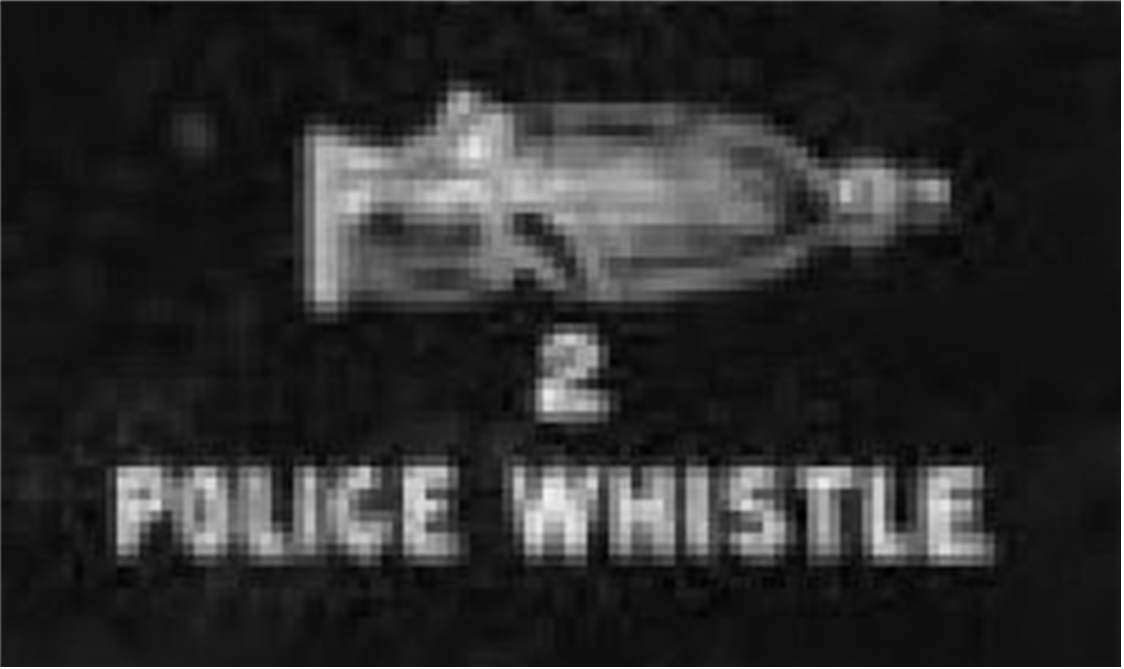
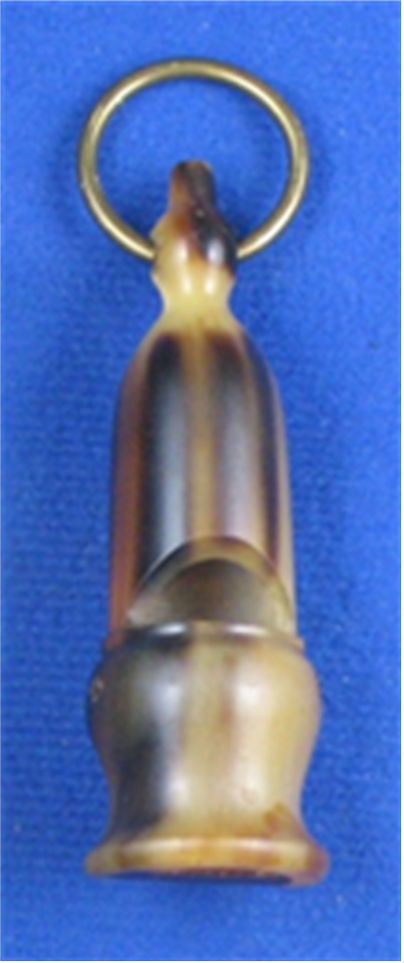
Escargot whistles were marketed even less than round whistles, although here again there may have been much more use than the drummers traps catalogs offered, as they were readily available in the USA from circa 1910 on from B & R and others. In 1920 Ludwig offers a drum majors escargot which is quite generic. Also seen in an un-dated Barry catalog number 44, circa 1919 to 1930.
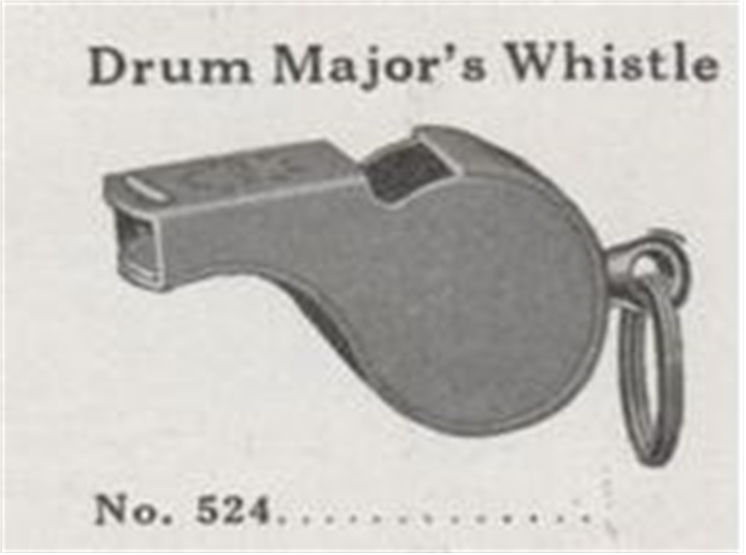
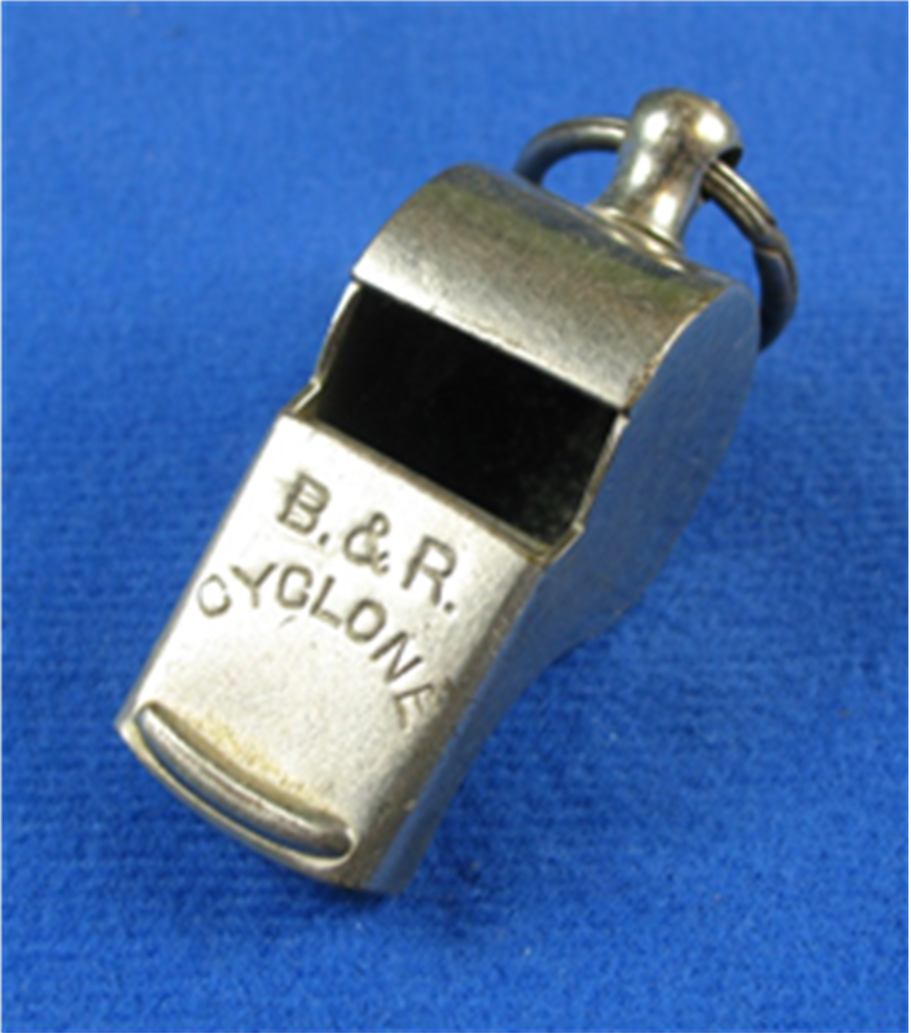
Now when we move into the class of whistles called sirens there is a marked increase in types and also countries of origin. Here are dates first seen in drummer’s traps advertisements along with known patents dates:
1) Sherman Clay catalog – circa 1914 (cased sirens circa 1910 and circa 1920 )( 1895 patent UK )
2) Walberg and Auge catalog – circa 1916
3) Jenkins catalog – circa 1911
4) Jas H. Ward catalog – circa 1904 thin wall ( 1895 patent USA )
5) Oliver Ditson catalog – circa 1910 torpedo ( 1895 patent Germany )
The cased siren is first seen in a Sherman Clay catalog circa 1914 and then shown in a George B Stone catalog for 1919. The vents are 10 hole and circa 1909 to 1923. It is repeated in a Leedy catalog and Ludwig catalog both for 1920.
Then a similar three piece model for Gretch 1923, Grossman for 1935 and Barry Drum Manufacturing ( undated ) . Round knop ( earlier ) and cone knops ( later ).
The series of appearances lasted 21 years reaching past the demise of silent films dated 1927.
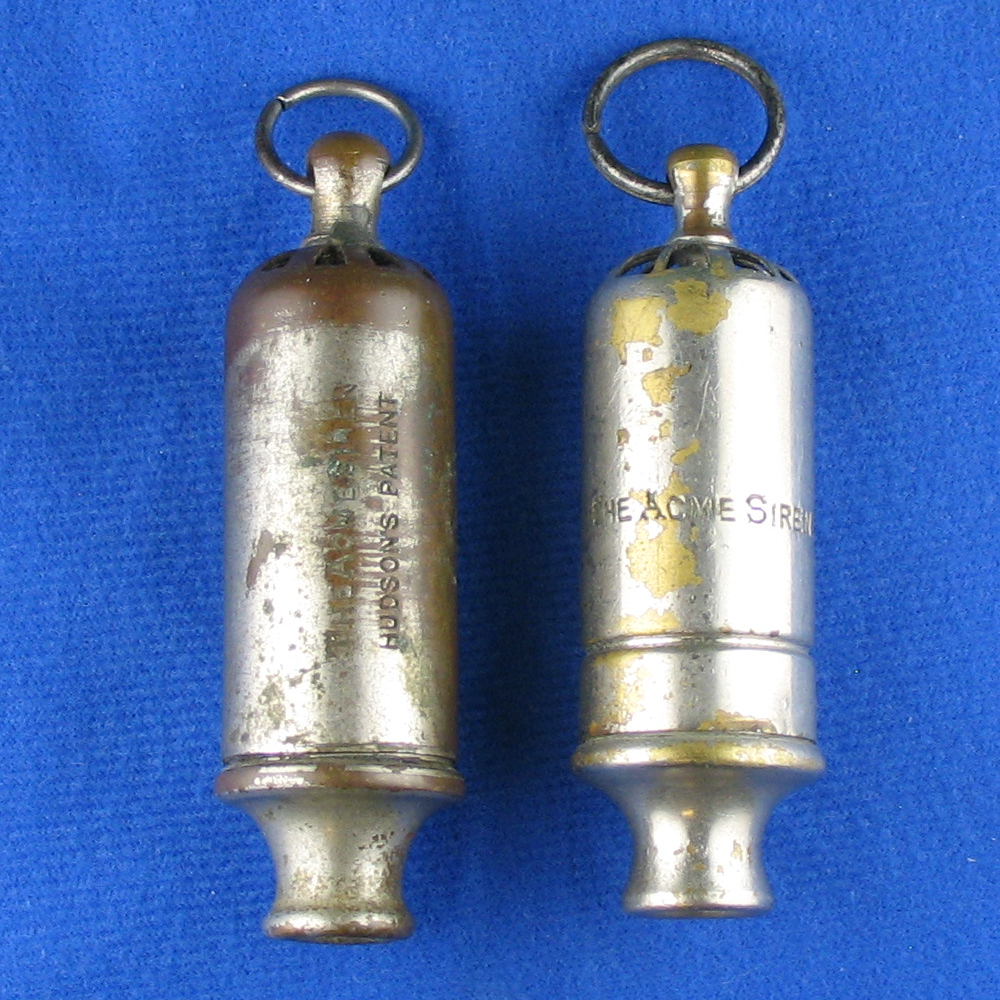
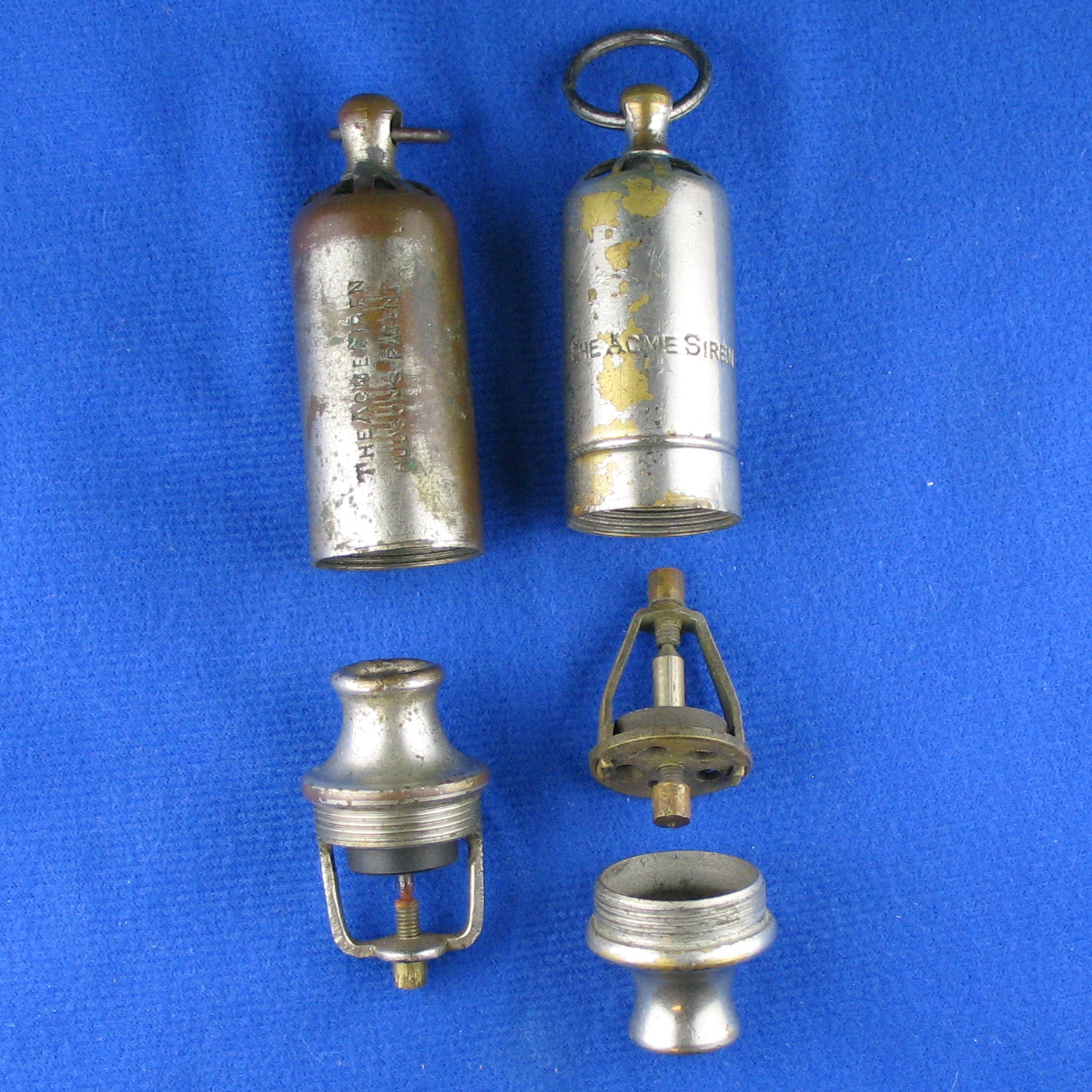
The Walberg and Auge siren model B-3 Cyclone is seen in a Wurlitzer catalog dated for 1916. This has not been found in any whistle manufacturer’s catalogs.
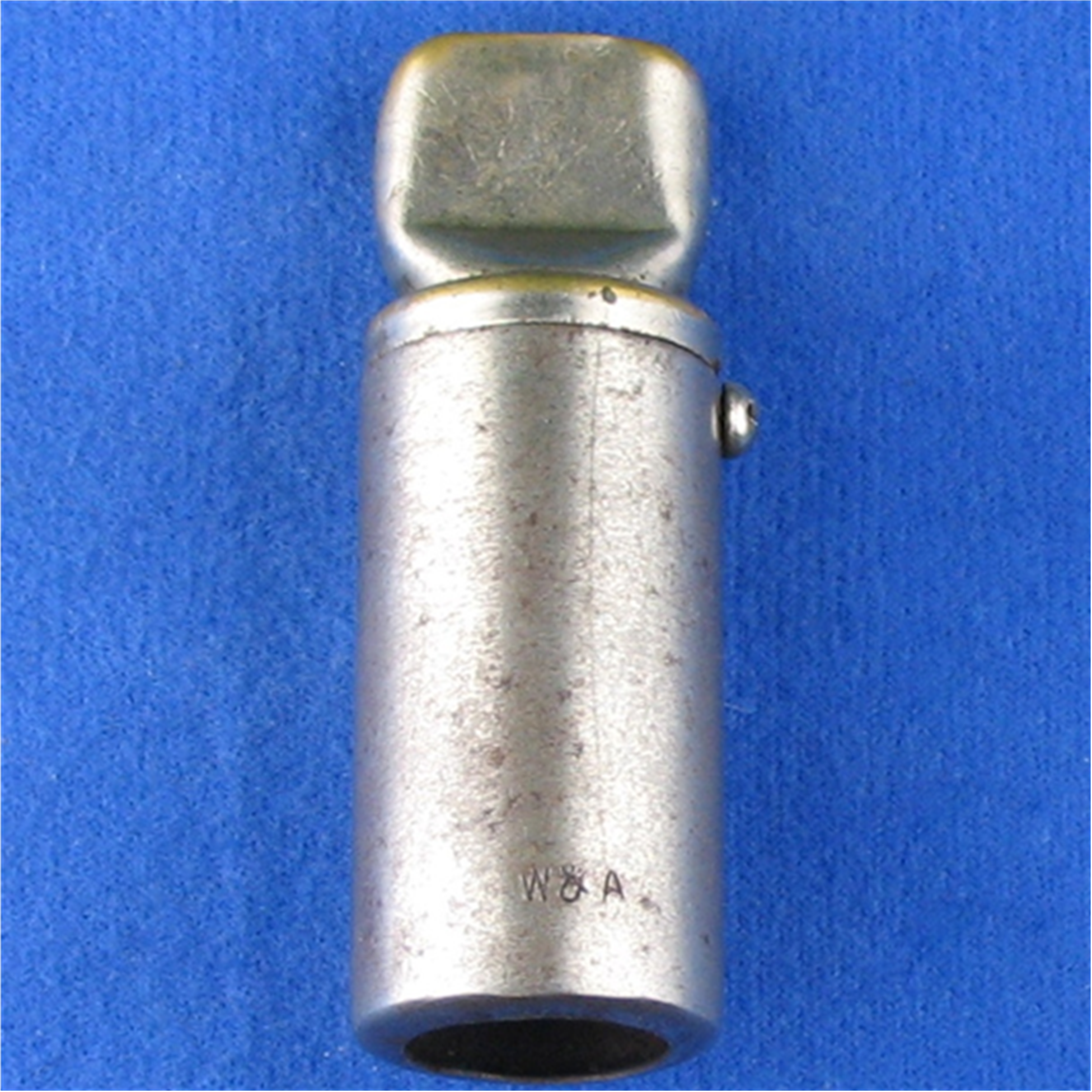
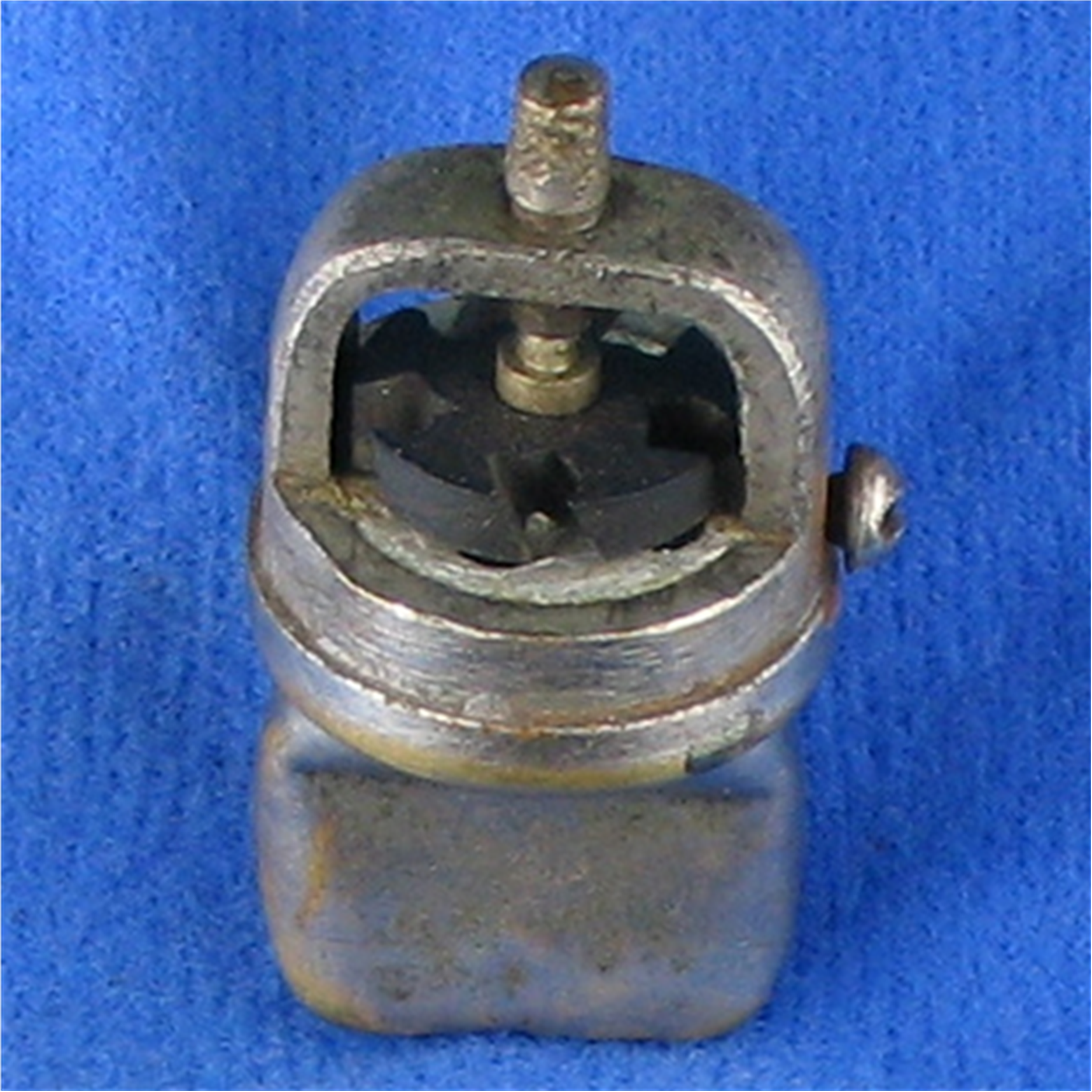
The Jenkins siren likewise has only been found in a J. W. Pepper page listed as a No. 2 Cyclone and once again, not found in any whistle manufacturers catalogs. There are two model sizes
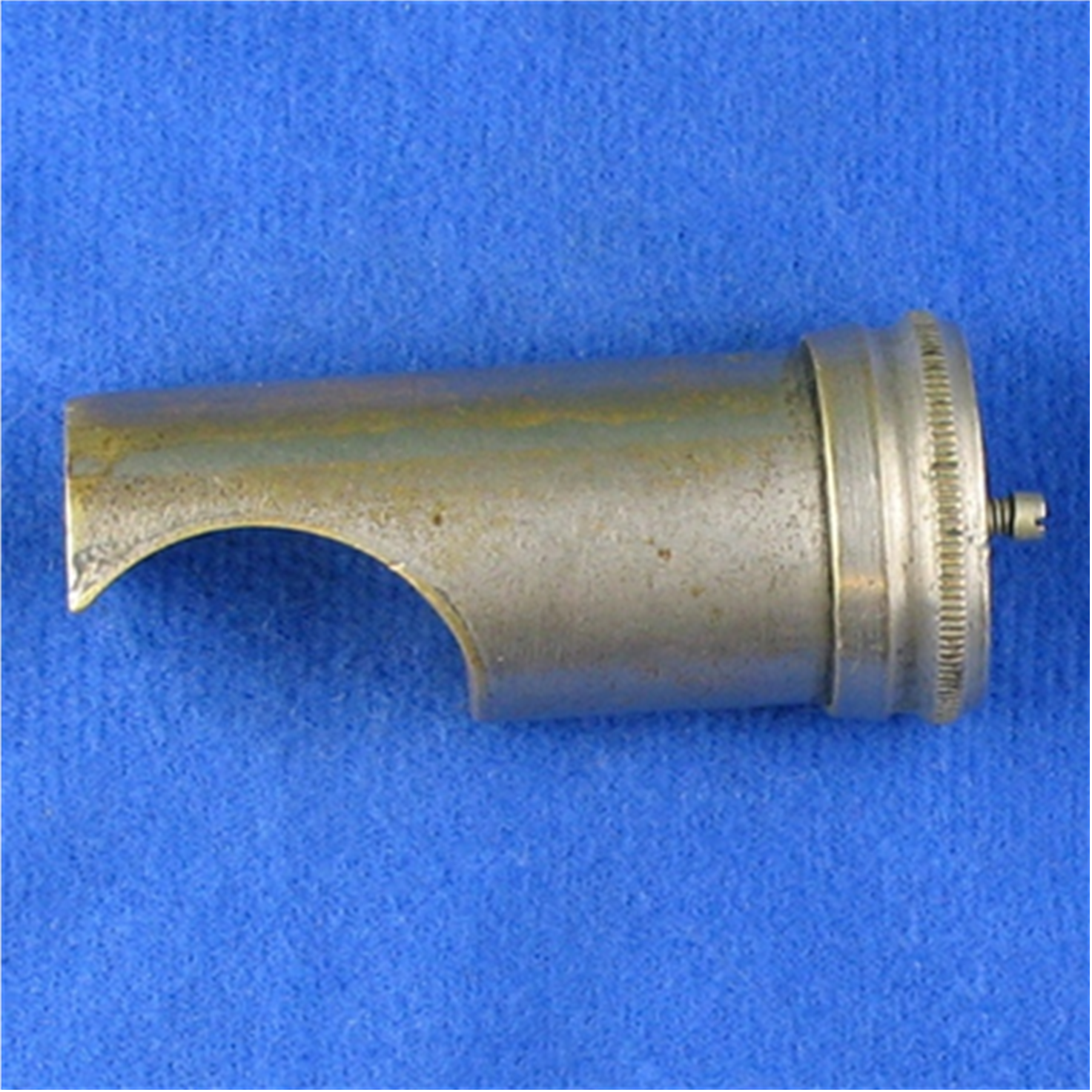
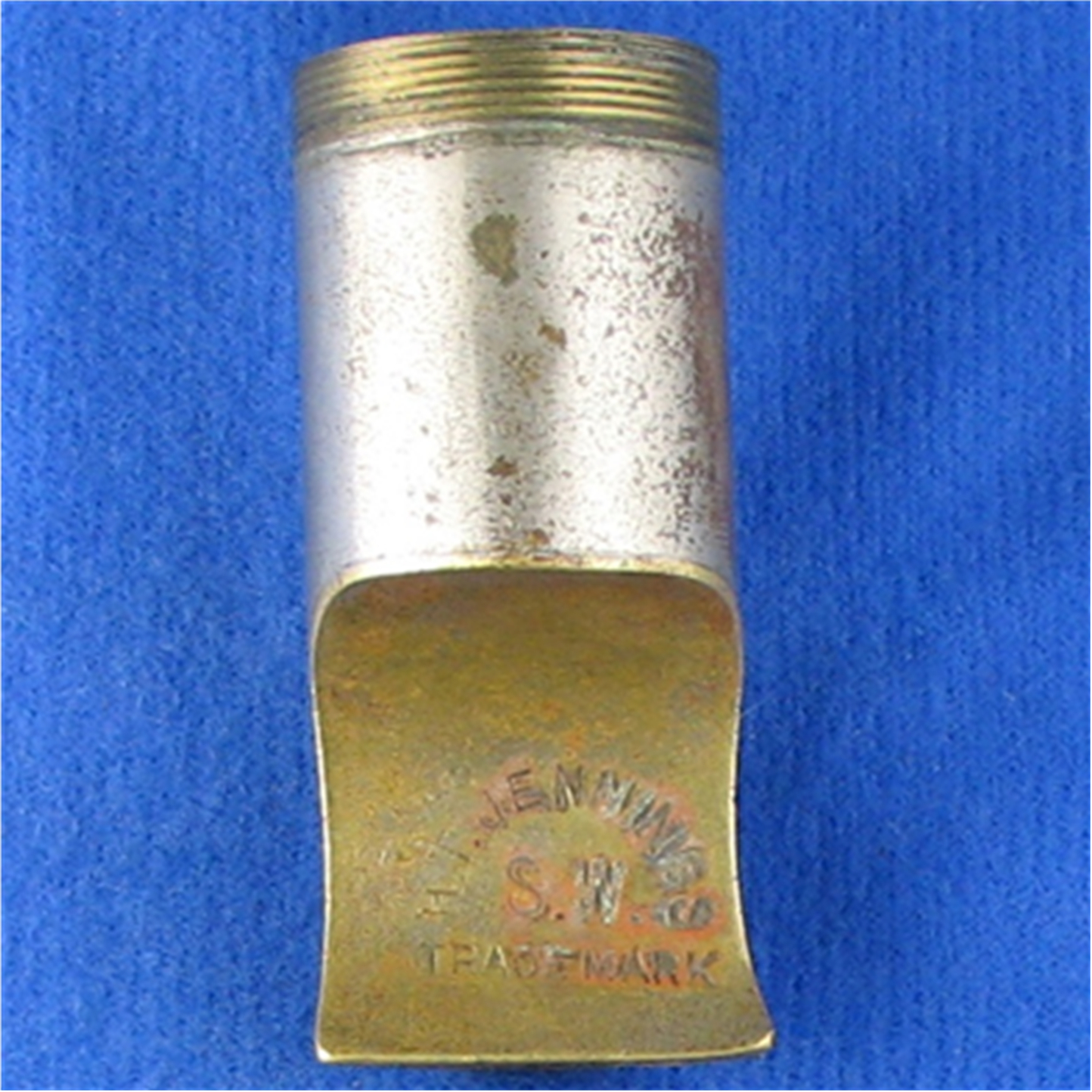
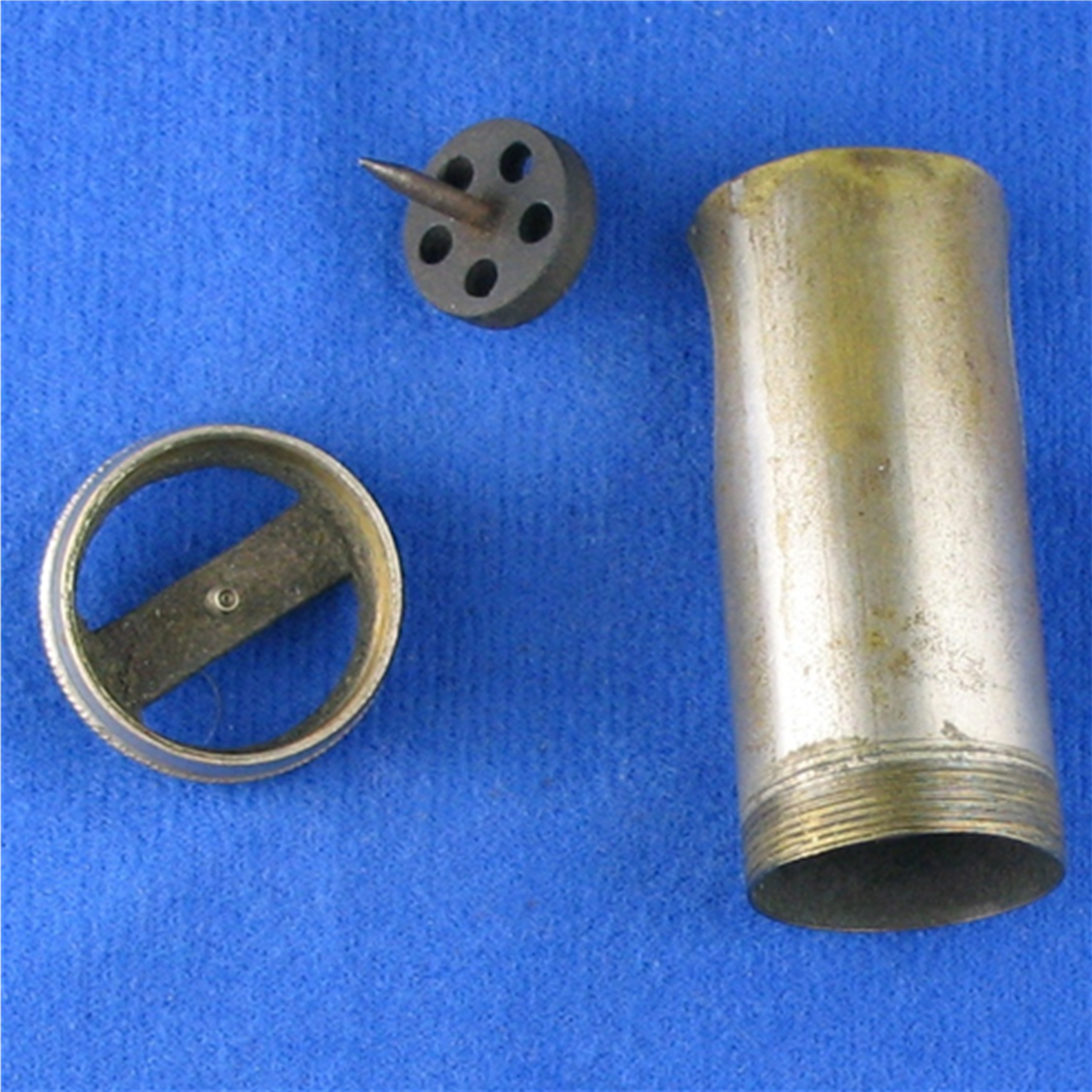
It would appear that these two USA made sirens were specifically designed and made for the drummers trap markets. Both are somewhat fragile in construction and perhaps that is why they are rare. Perhaps production ceased early on in favor of cased and thin wall sirens which held up physically quite a bit better. Cased sirens as well as torpedo sirens were very well built, but did need adjustments, whereas the cheaper thin wall sirens were light, sturdy and no adjustments needed ( or even could be made ).
The thin walls follow next and were first patented in the USA in 1895, but they do not show up in drummers trap pages until 1904 in a Jas H. Ward page ( called the Develine ) as follows:
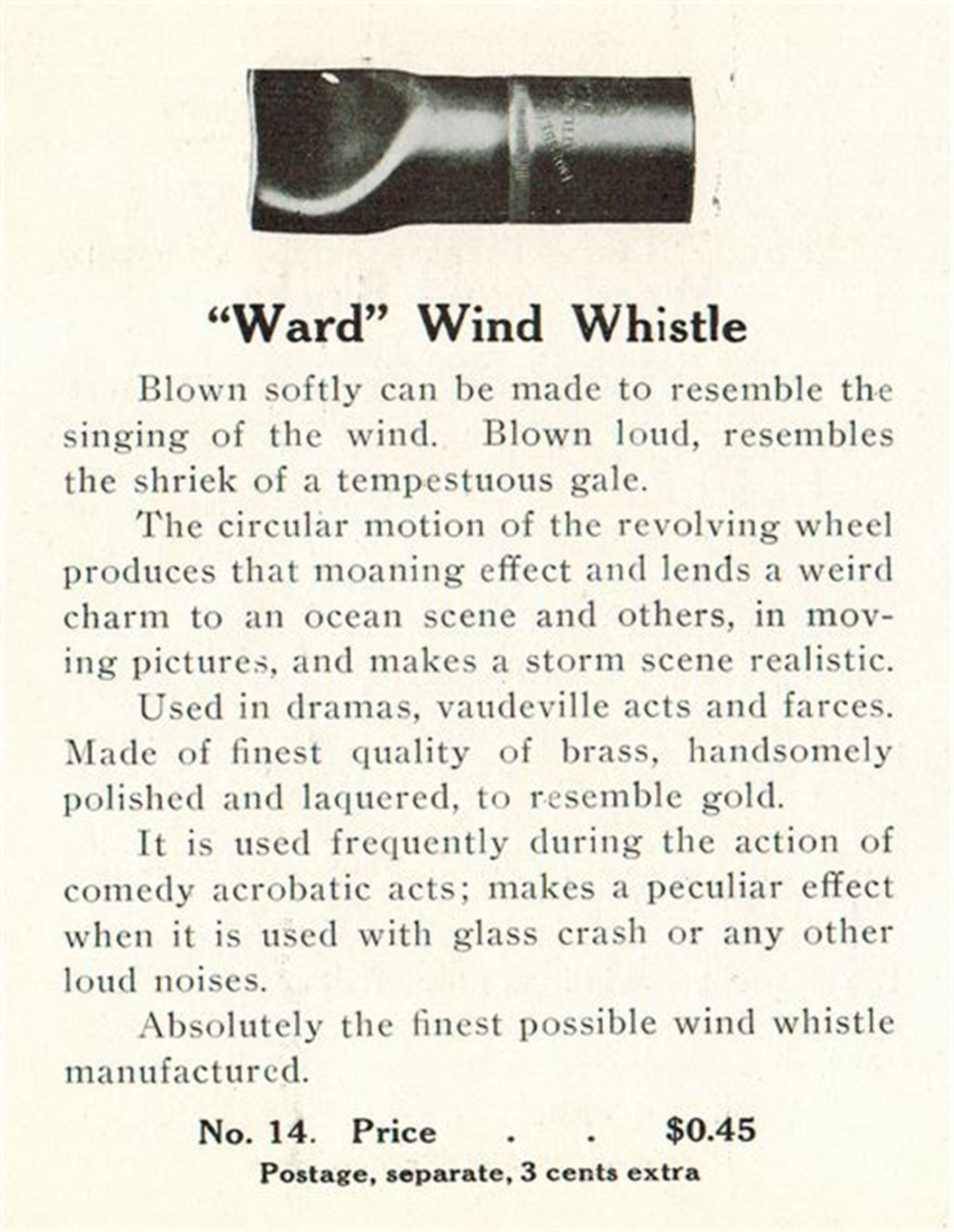
Walberg and Aug’s 1911 catalog also features it as order number 16 for 15 cents.
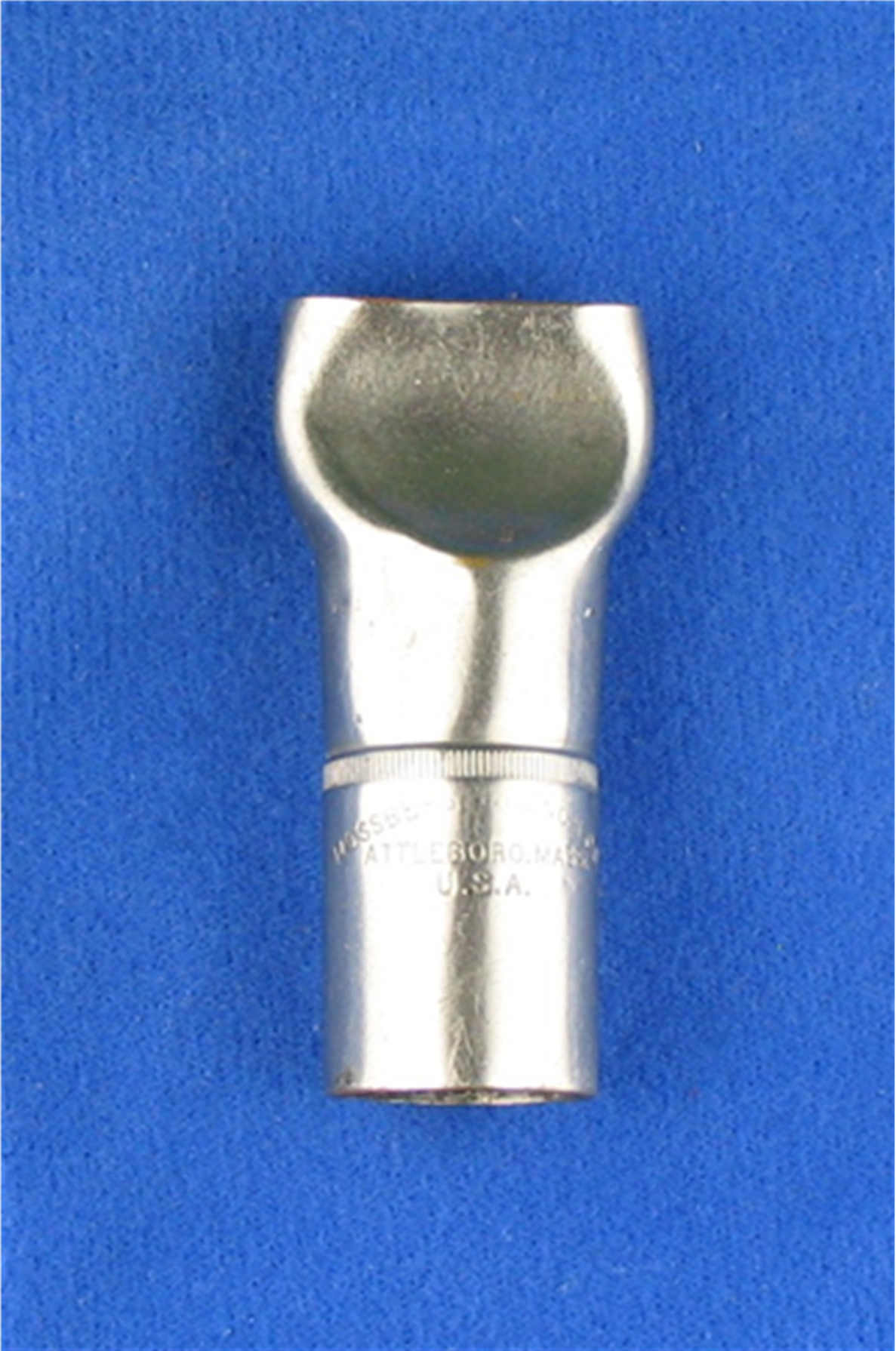
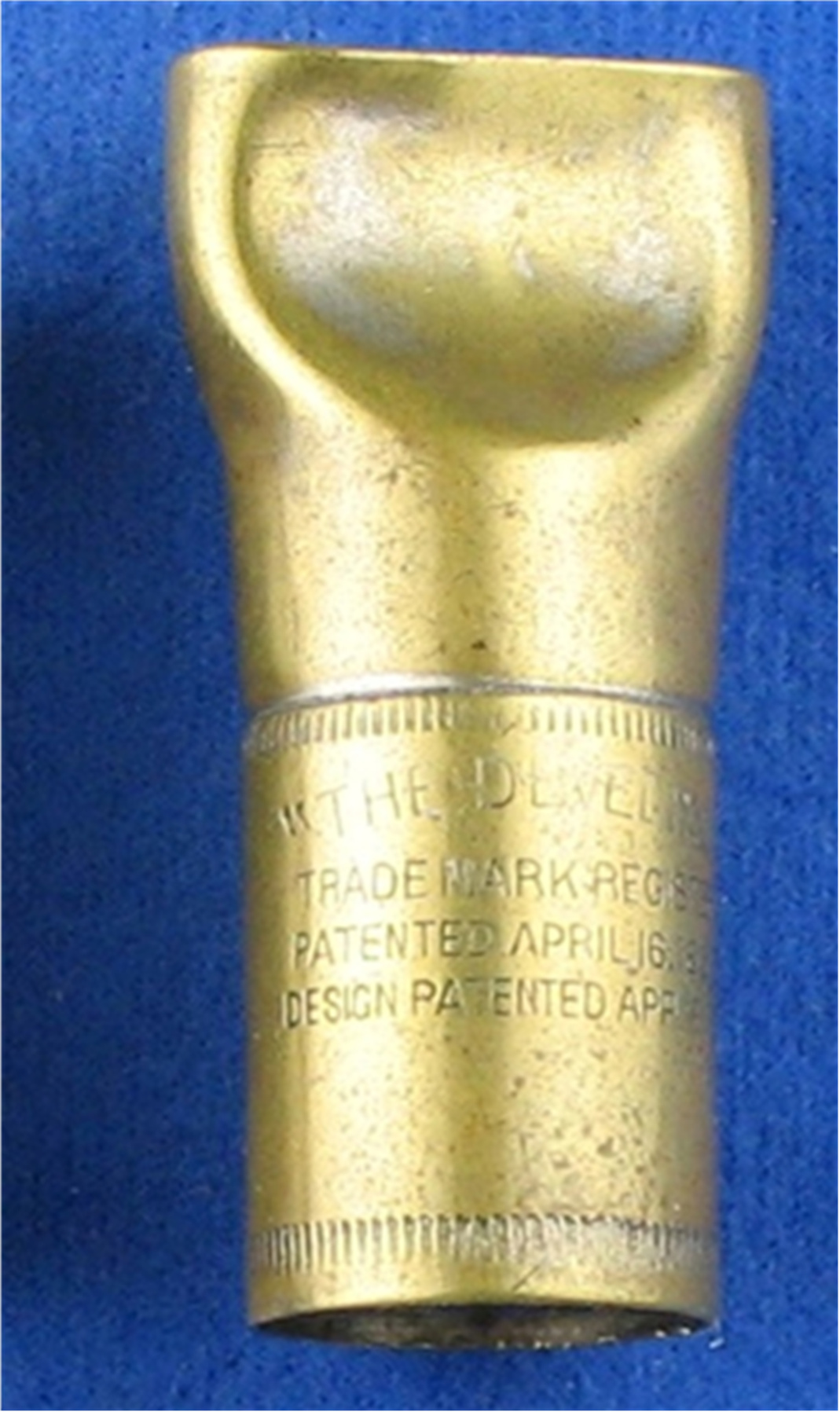
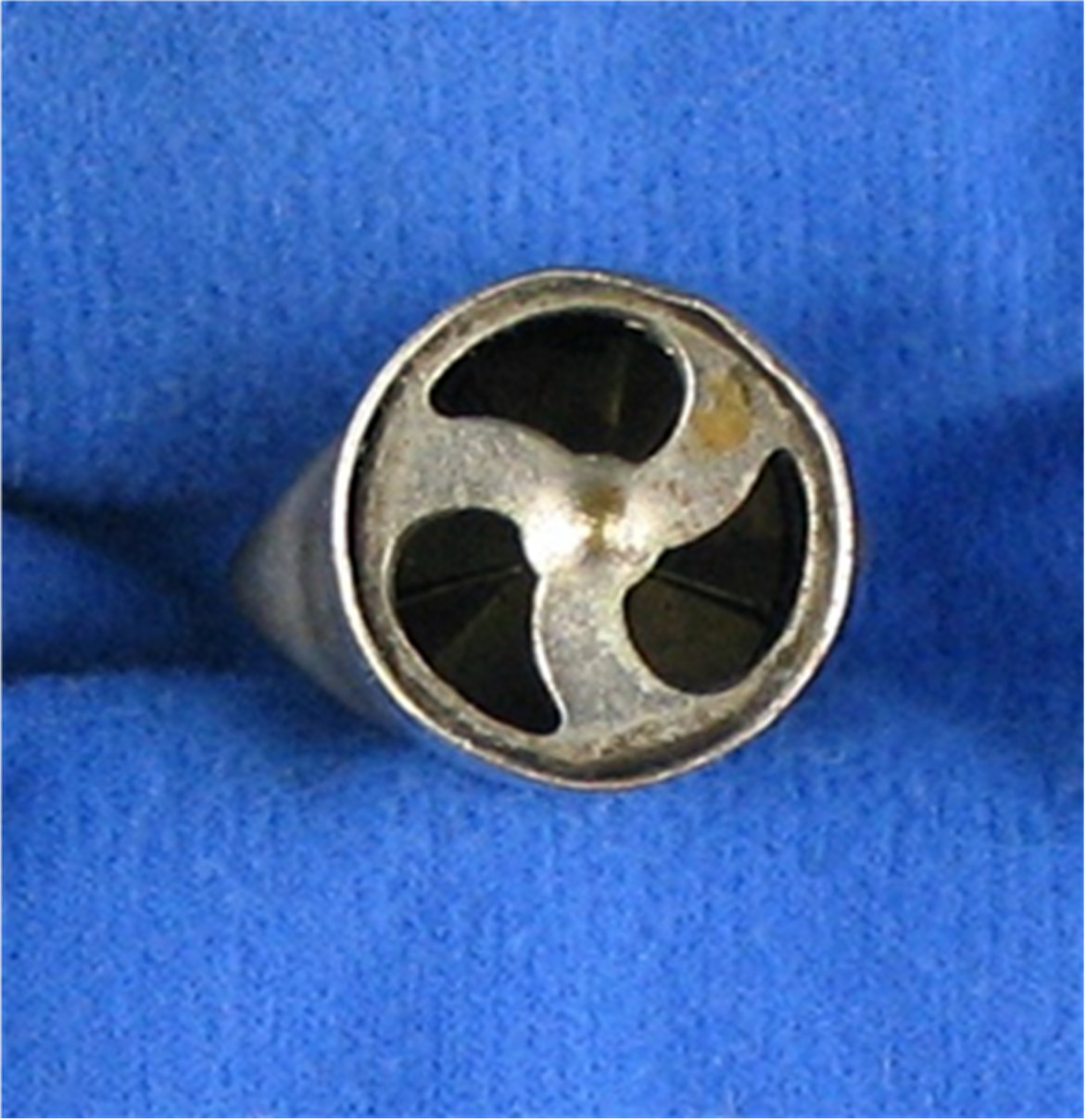
The series of appearances lasted at least 12 years (which was an enduring product ) as follows.
1904 Jas H. Ward number 14
1911 J. G. Richards number 1045
1916 Wurlitzer number 39
Lastly we take note of a 1910 Oliver Ditson Company ‘Wonderbook’ No. 4 catalog page for drummer’s traps. Of special note are two German torpedo sirens. The top pictured is by FERDINAND PIETSCHMANN patented 1895. ( 2nd March 1895 ) The tops were designed differently, but opened to allow adjustment and cleaning. The lower image was made to the same patent number of 31884 possibly in several sizes, but definitely costlier, no doubt they were costly to manufacture and also ship for resale from Germany. It also appears in Walberg and Auge’s catalog for 1911, order number 14 for $1.13.
Pietschmann base model was listed for .75 which today would equal 19.13
An upgrade was listed for 1.25 and would sell today for 31.88
It is no wonder they ceased to be seen in drummers traps catalogs.

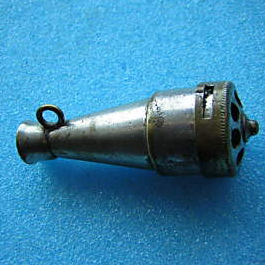
( Credit needed )
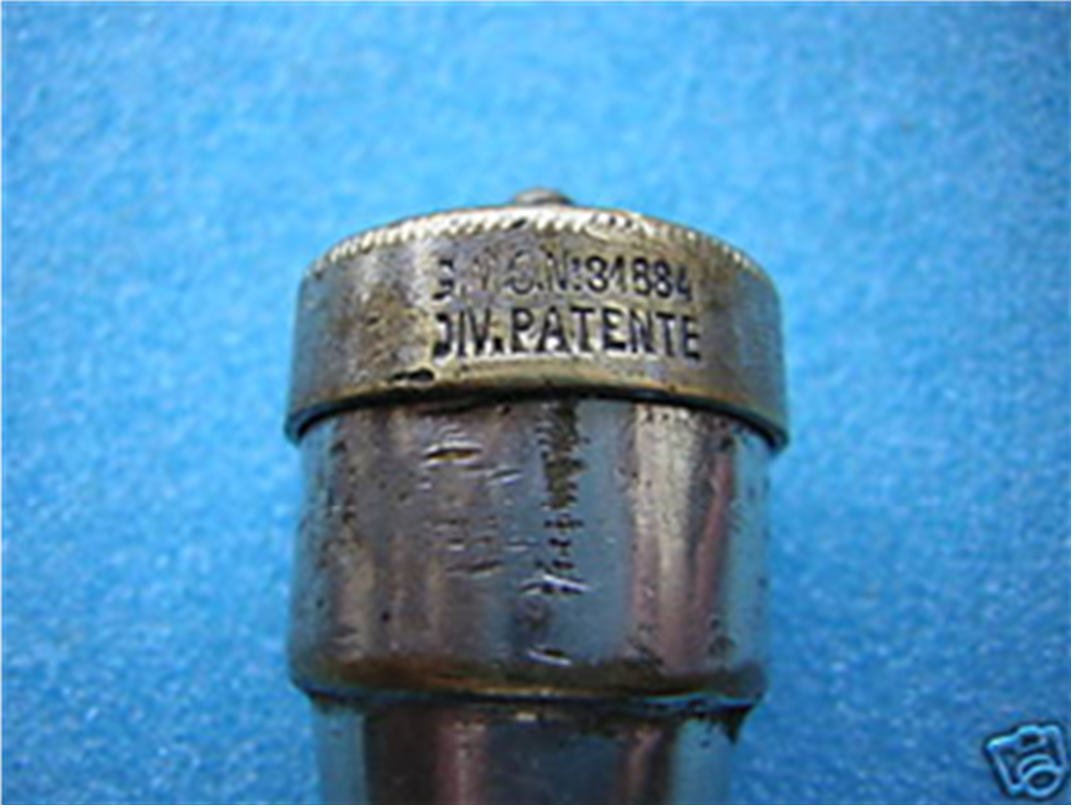
( credit needed )
Note the GMS No. 31884 correspond on both models of torpedo sirens ( above & below )?? These were patented by Ferdinand Pietschmann from Germany and distributed in the USA.
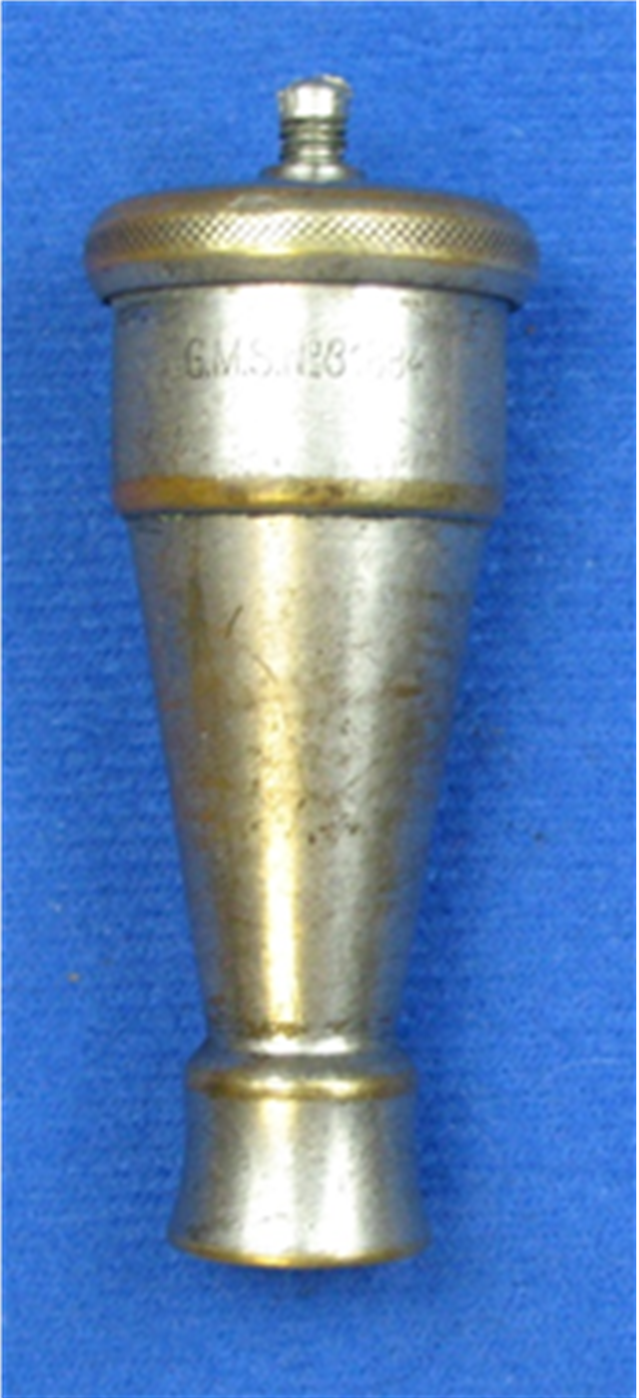
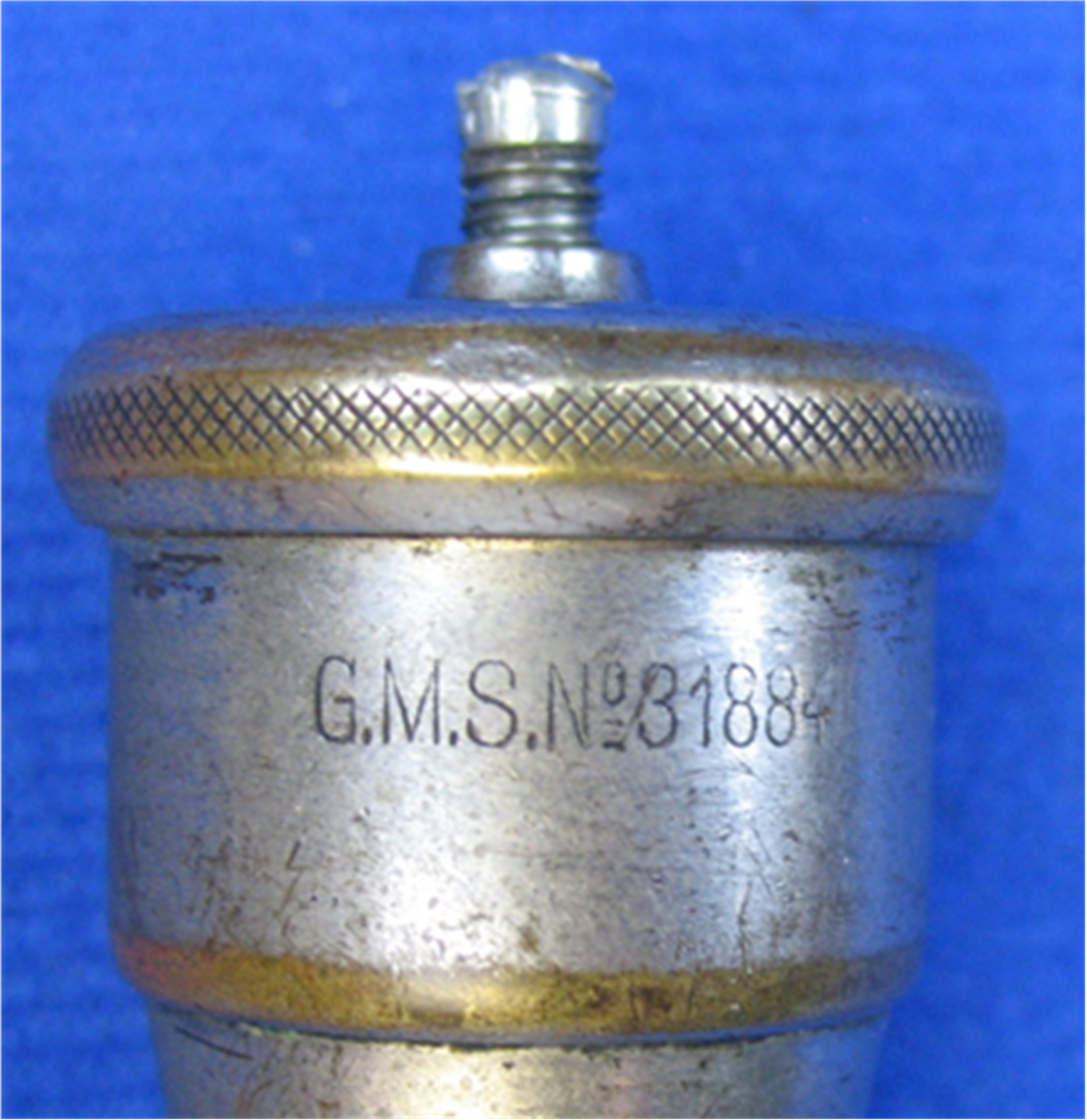
Multi-tube whistles came in many forms and sizes. The wooden ones could get quite large and bulky. Beyond that they came in varieties beyond the scope of this article. We are focusing on metal only. These ranged from very heavy well-built, high quality configurations and yet standardized sizes, to thin walled models of all sizes. Nickle plated brass
Let’s start with the three tube ( triplex ) with off-set tubes. This is a train sound or conductors whistle. Like the earlier siren whistles, it too cannot be found in whistle catalogs. It appears to have been manufactured for the drummers trap market. It can be found the 1919 George B Stone catalog as Number 81.S German Clay 1914 as number 196, no description.
Note that the tubes are offset on the left whistle. No straight set tubes comparably on the right are seen in any drummer’s traps pages.
The offset three tube left has serrated teeth on the disc perimeter inside the mouthpiece typical of B&R during this era. No ‘straight’ set three tubes have been seen with serrated teeth, but used a ‘pip’ to attach the discs to the side of the mouthpieces.
Germany sold many three tube conductors whistles during the period from circa 1920 on and had a longer or stubby mouthpiece, but also used pips. Nickel plated brass and brass.
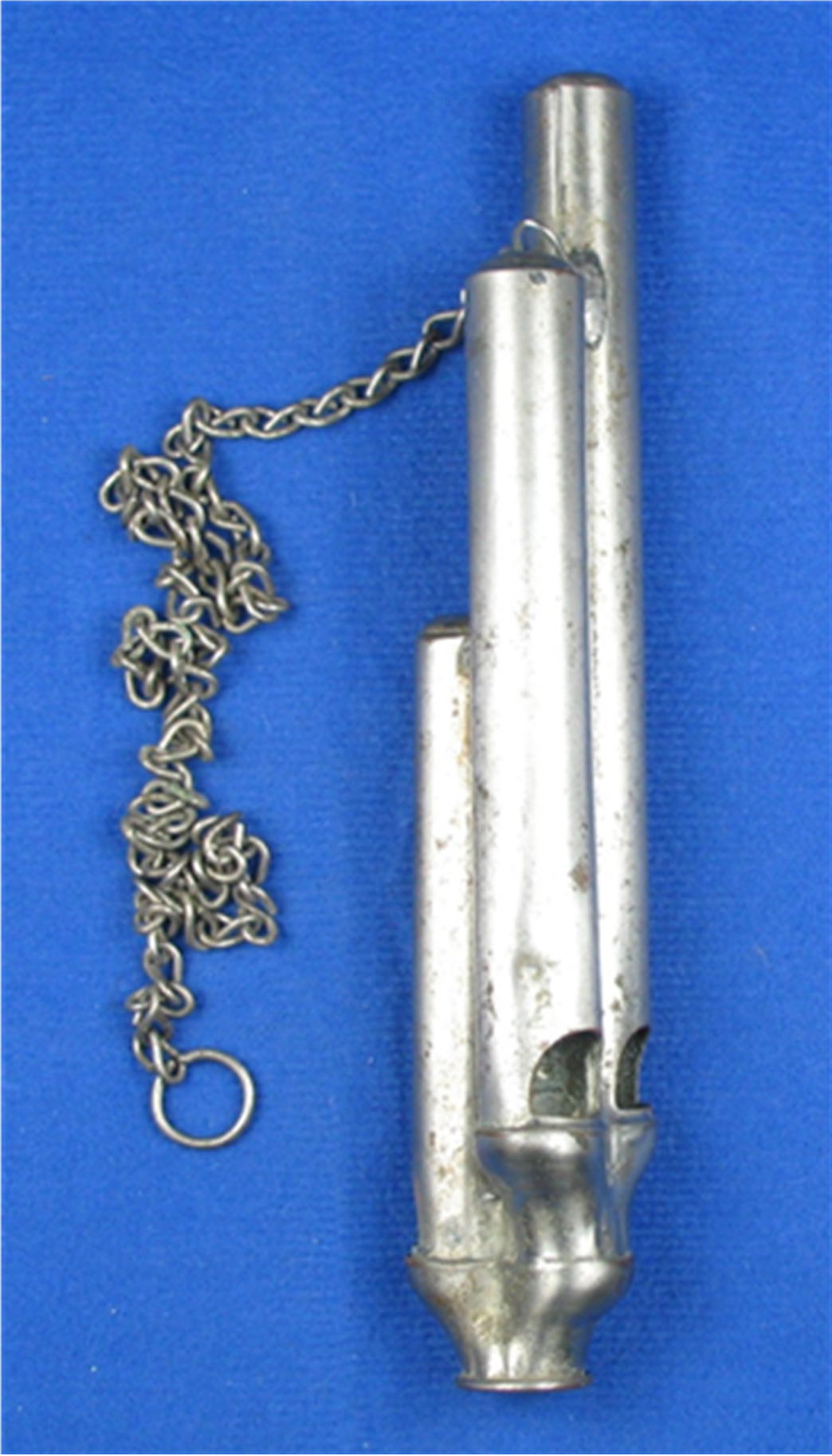
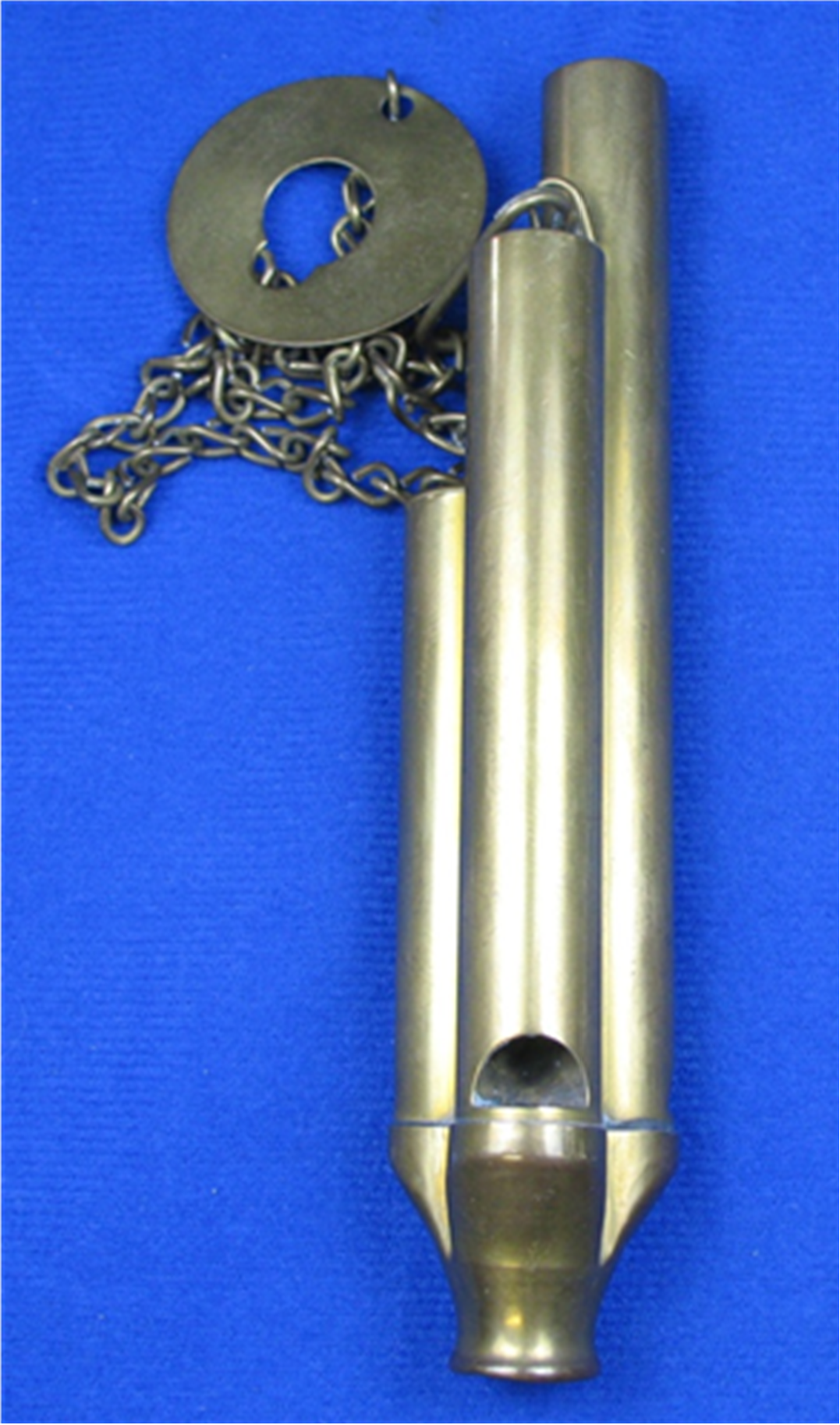
The larger steamboat, ferryboat, tugboat three tube.
These were seen as early as Ditson’s 1910 catalog and were perhaps made and used earlier than seen in production catalogs. They came in at least two sizes and have been manufactured for many decades.
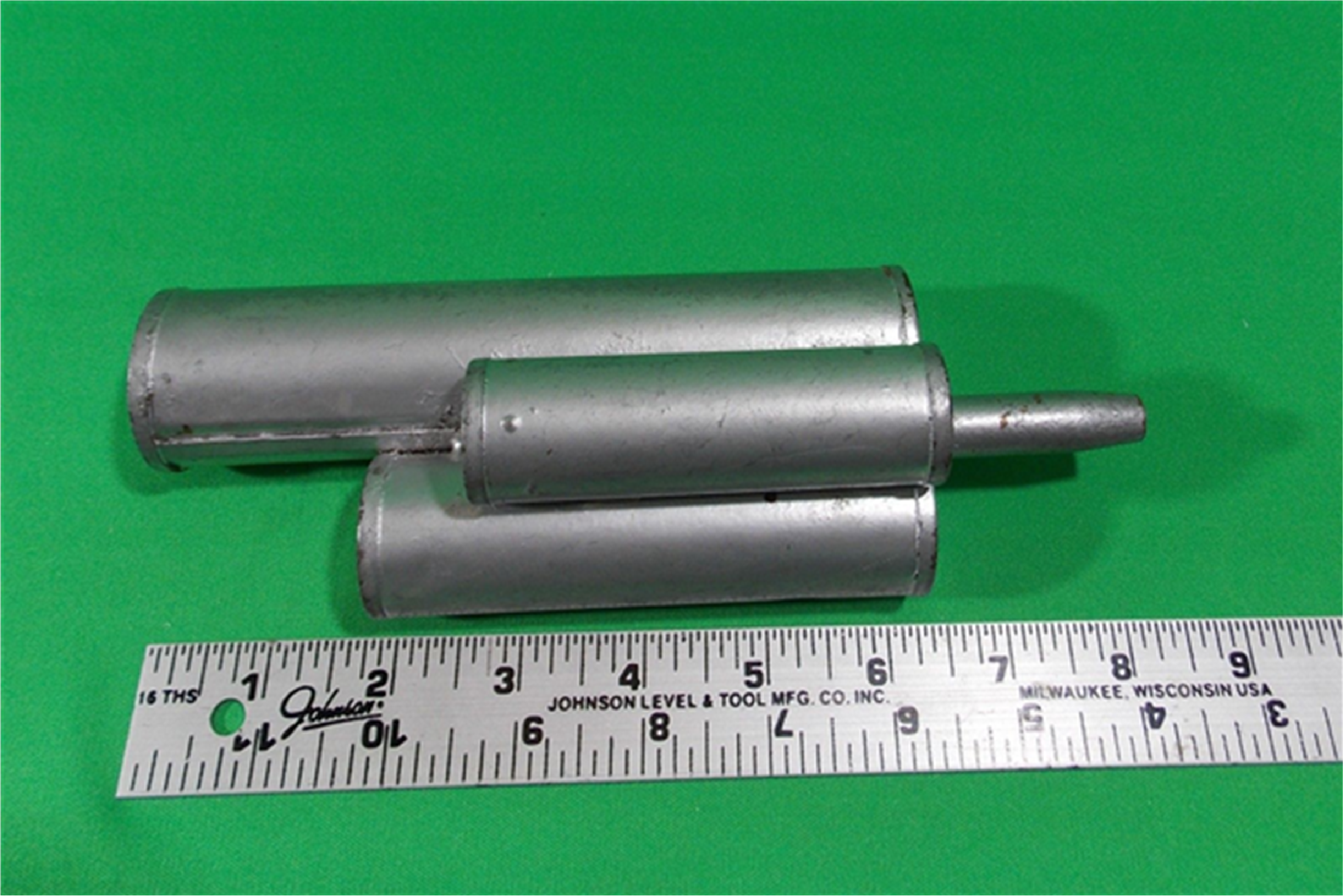
(picture by permission Wayne Magglio – intimewithmusic)
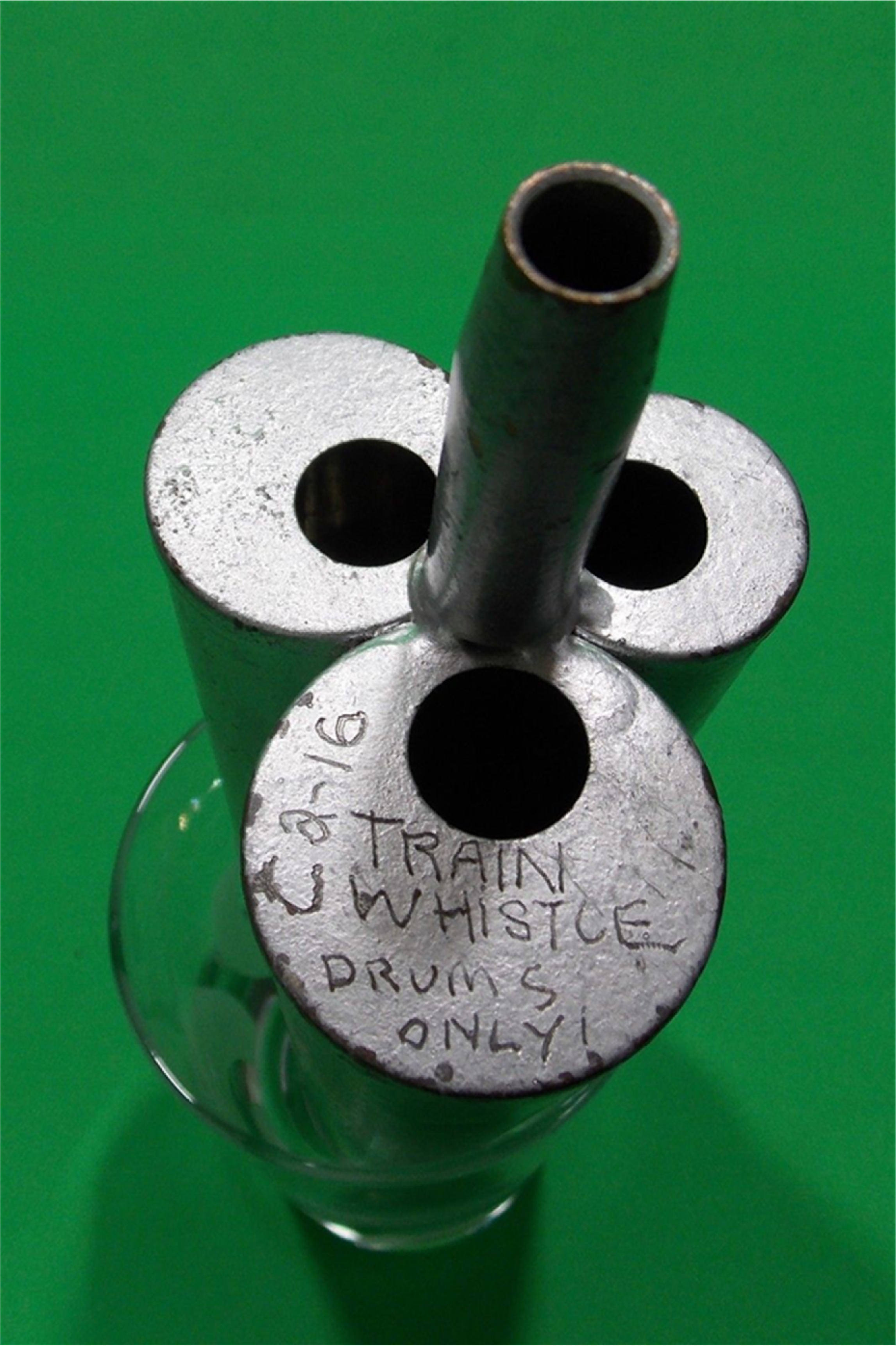
The three tube conductors whistles with a flat arrangement was manufactured from at least as early as 1911 and is seen in a J. W. Pepper page. It came in two models, mainly differentiating in the mouthpieces. Both were made or distributed mainly by Ludwig.
The J. W. Pepper catalog pictures a slight variant, number 10 as a tugboat whistle, possibly made by them.
By this time Hudson’s of the UK pictures this whistle as model 375 in their 1935 catalog. They also began manufacturing sirens, slides and these for the sound effects markets as well as others sometime prior.
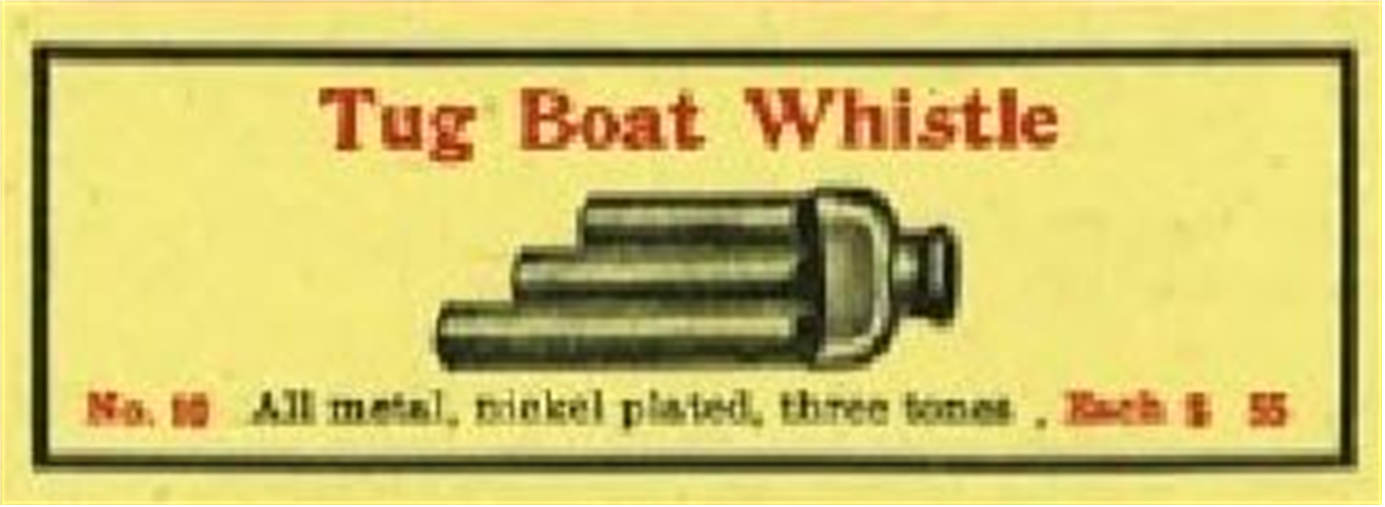
Ludwig displays model 522 from as early as 1920, possibly during the prior ten years the company existed ( no catalogs available yet ). Their next model appears in the Grossman catalog again model 522 with the changed mouthpiece.
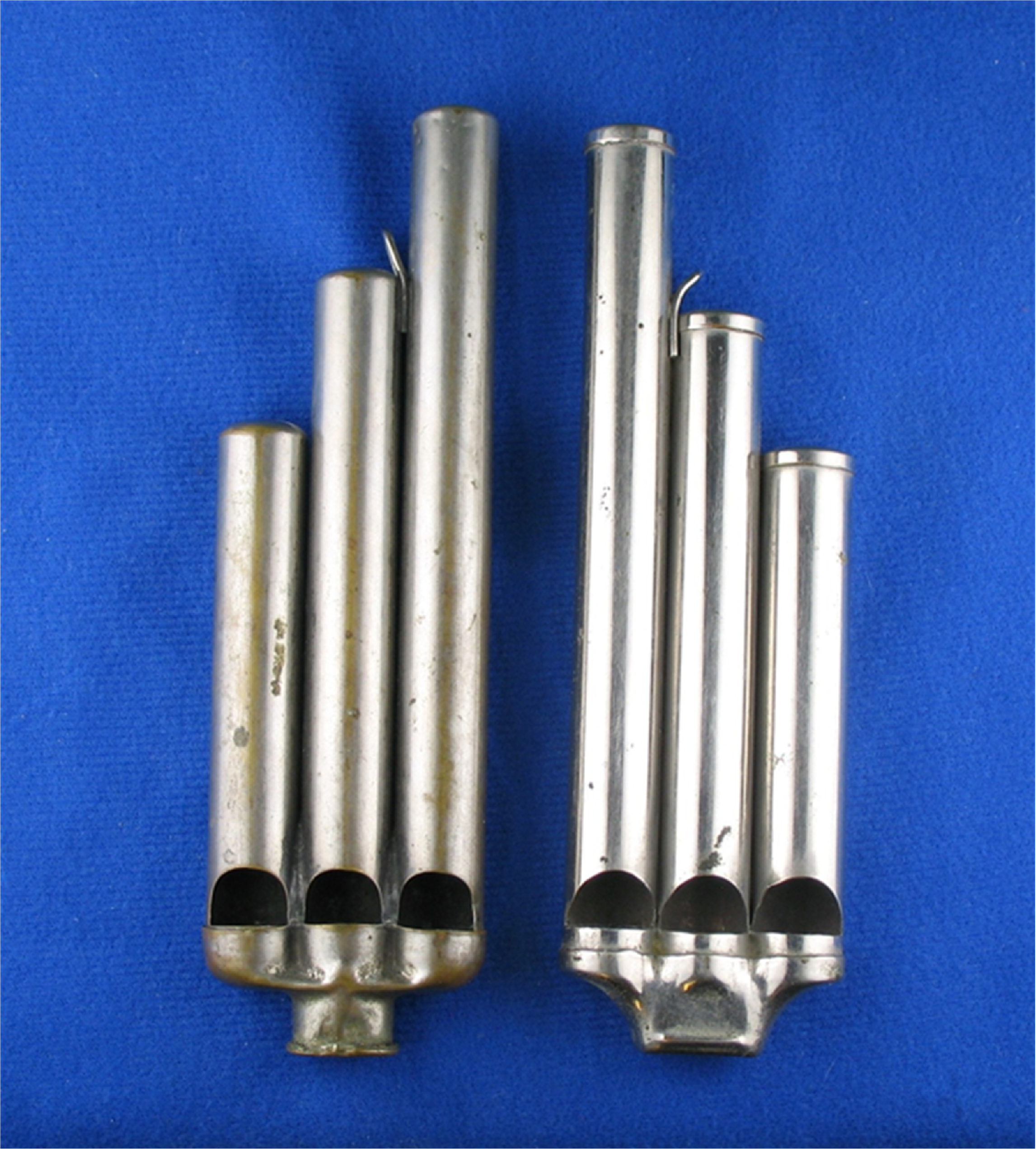
Model 522 in the Ludwig 1920 catalog ( left ) and 1935 Grossman ( listed as Ludwig ) on the right
Multi-tube whistles became a staple for sound effects, many were wooden. Heavier made whistles by Leedy, Ludwig and Ludwig and possibly others emerged in different configurations as follows.
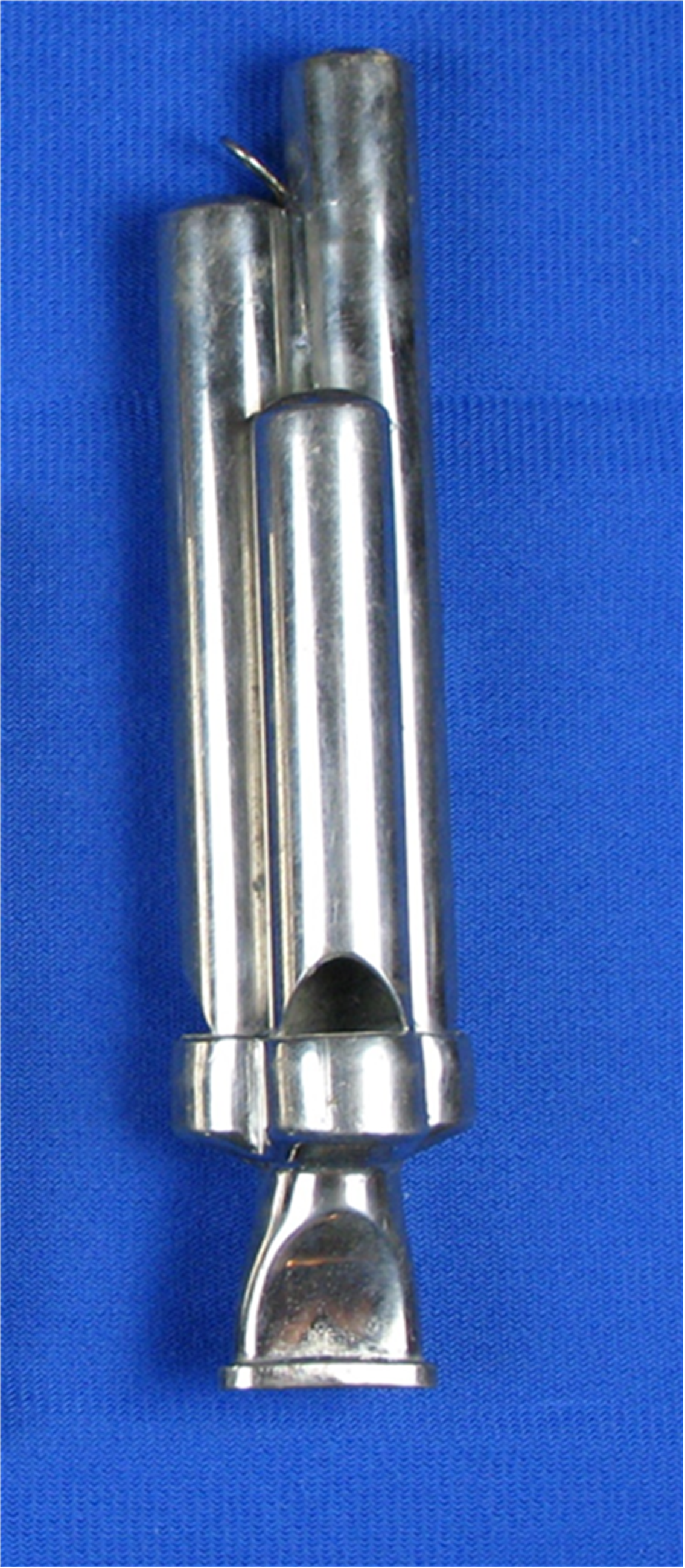
Ludwig 1927 catalog Model 523 Interurban
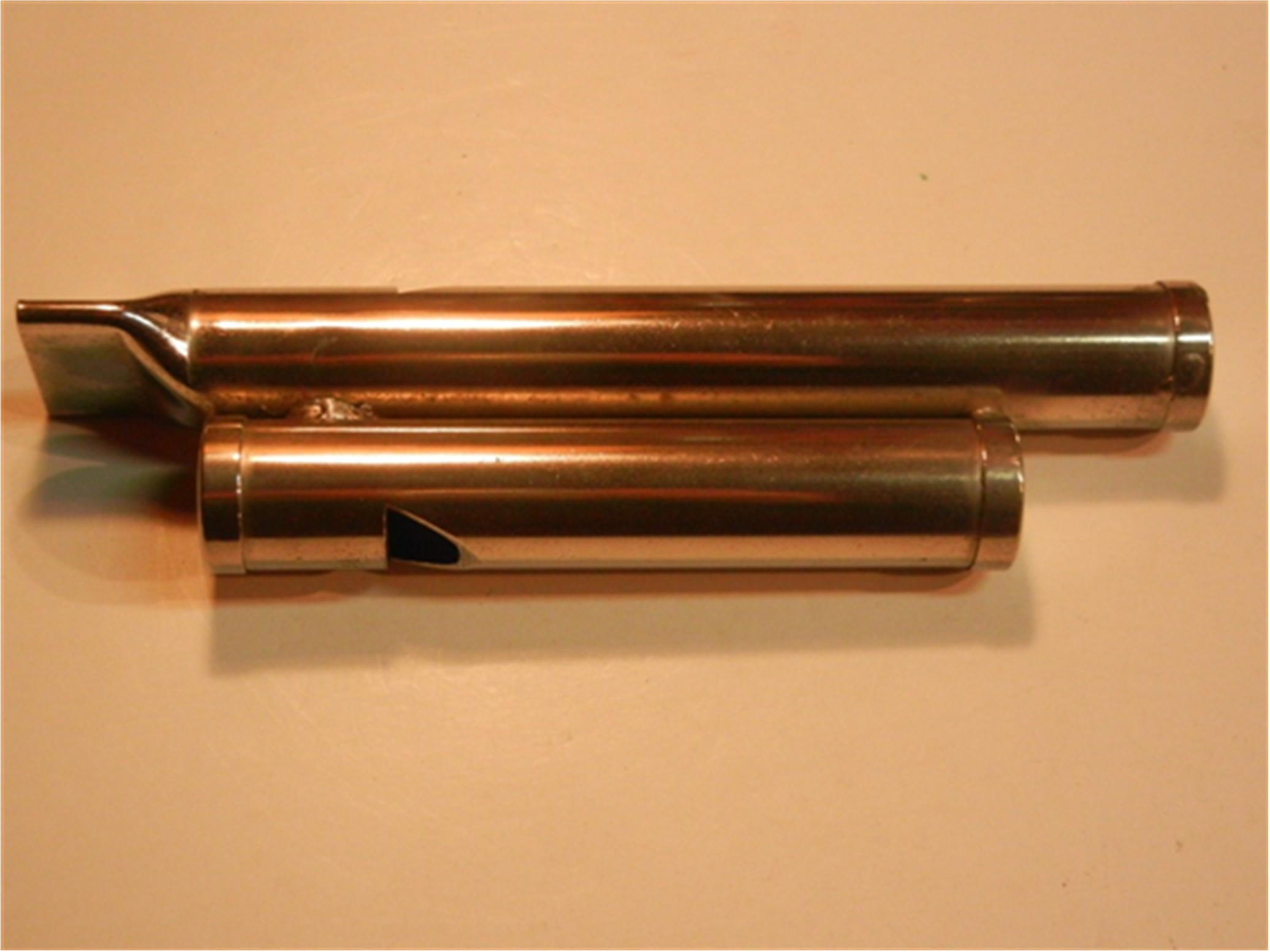
Model 826, two tone Interurban whistle ( picture credit needed )
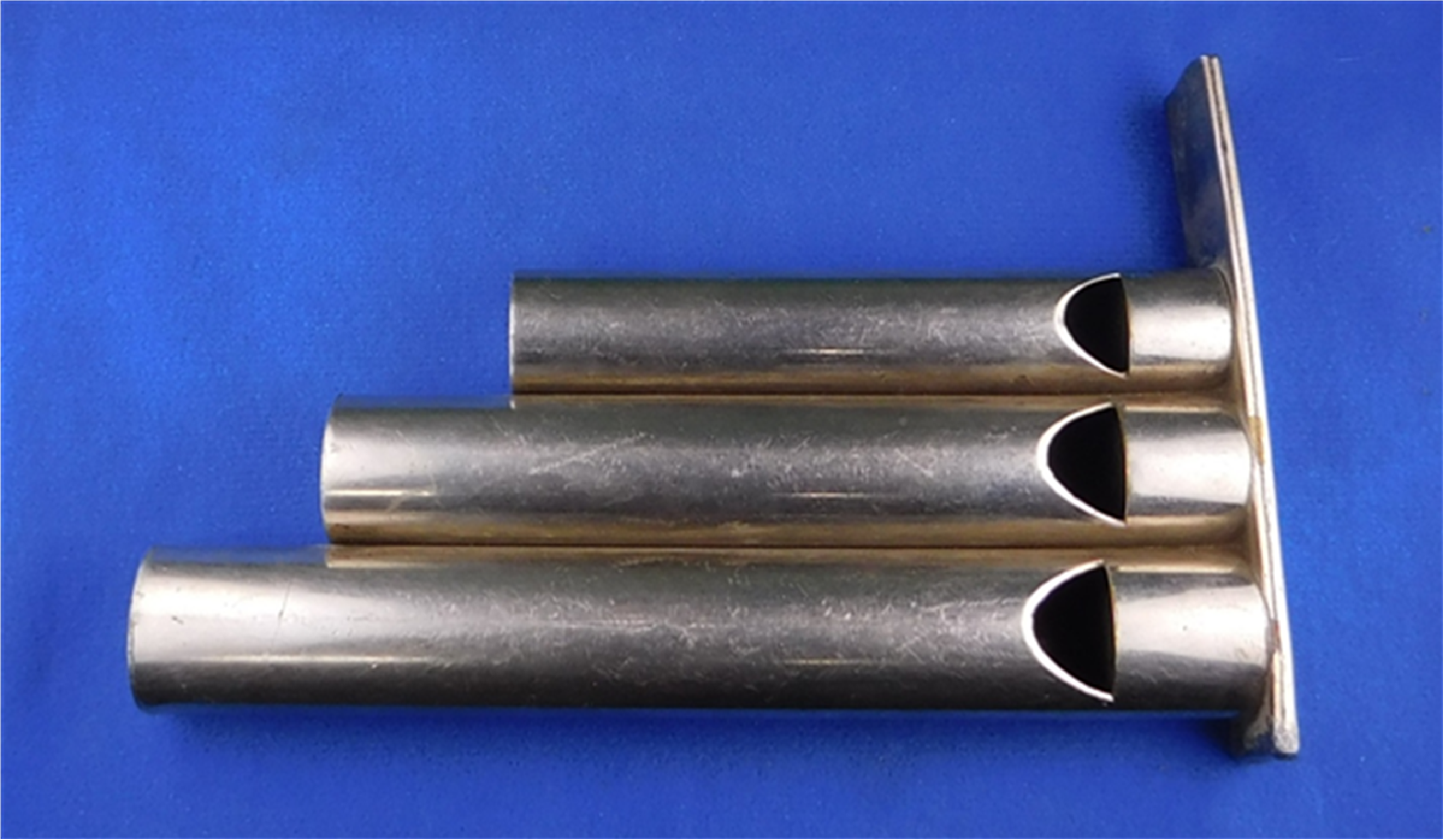
Ludwig and Ludwig in 1935 Grossman Music Cleveland catalog – model 515
three tube locomotive whistle, model 824 Walberg and Auge 1940 catalog
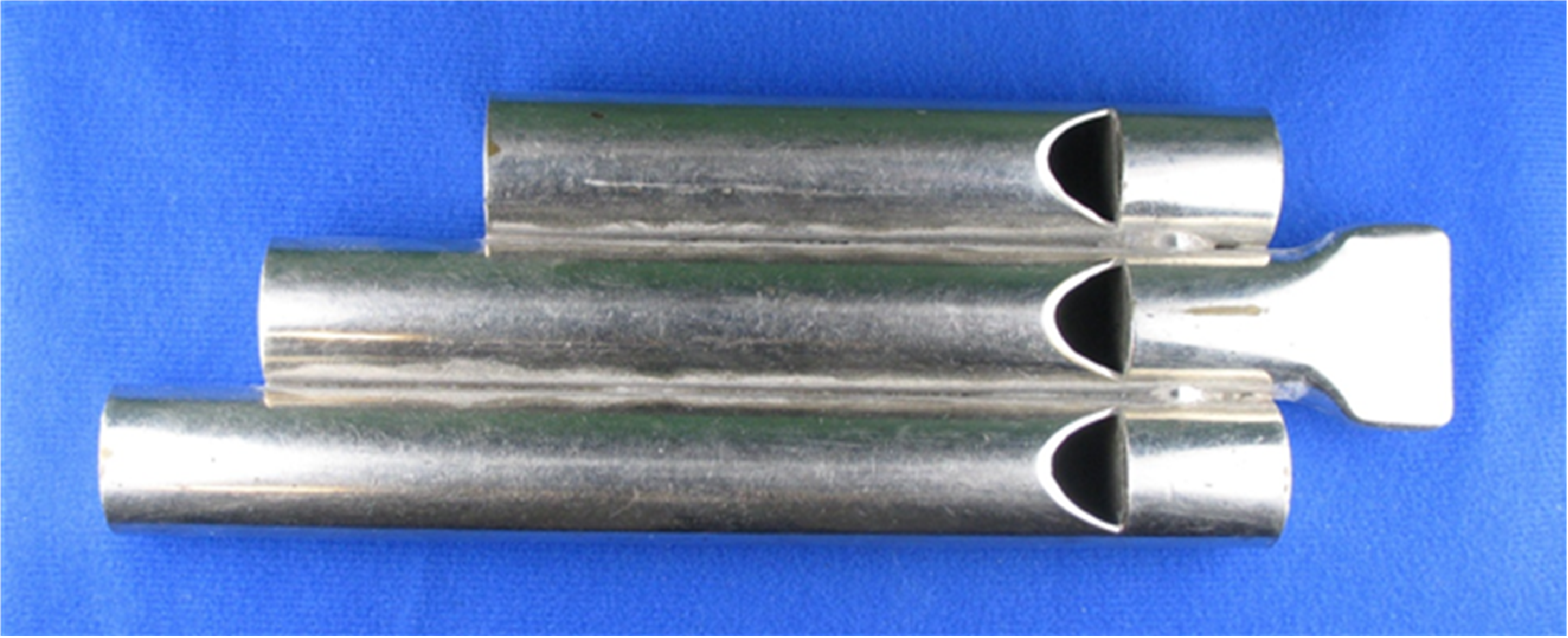
Later locomotive whistle , model 824 Walberg and Auge 1940 catalog
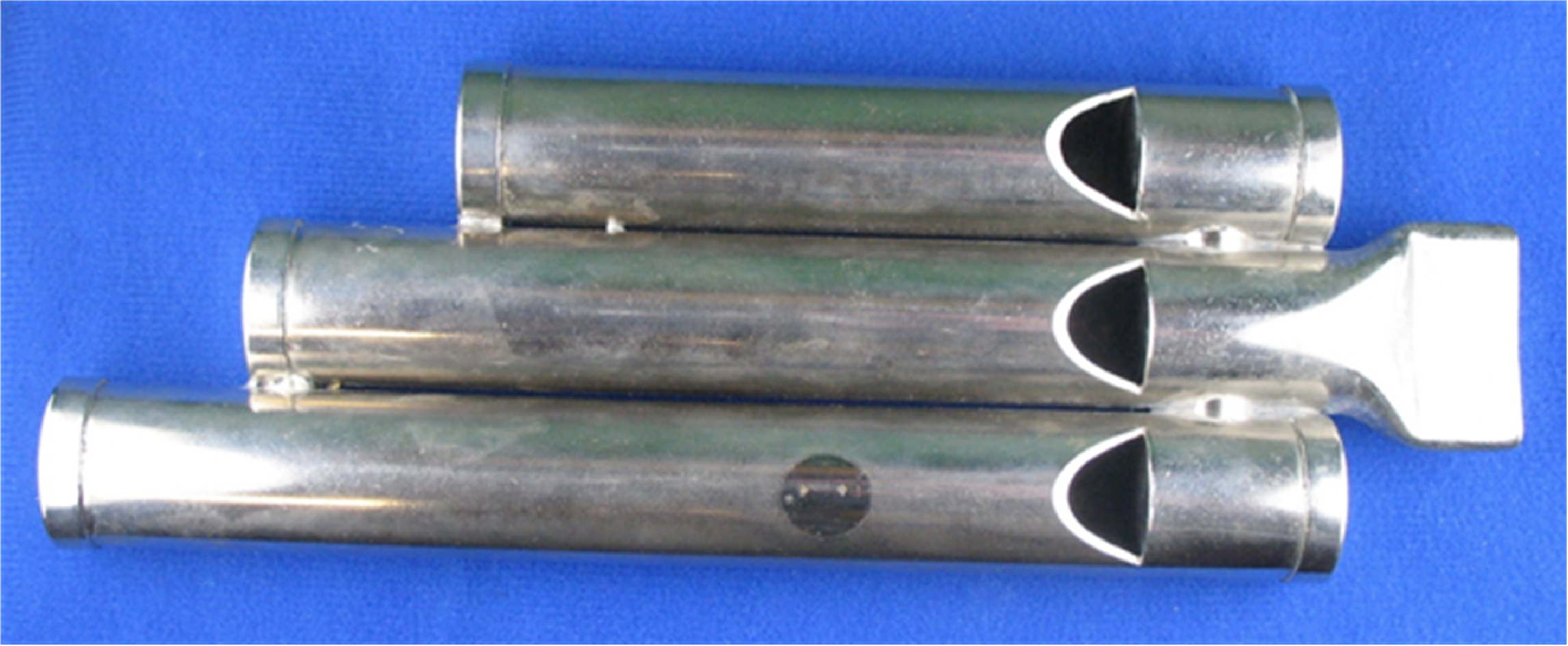
Model 827 metal cuckoo, Walberg and Auge 1949 catalog
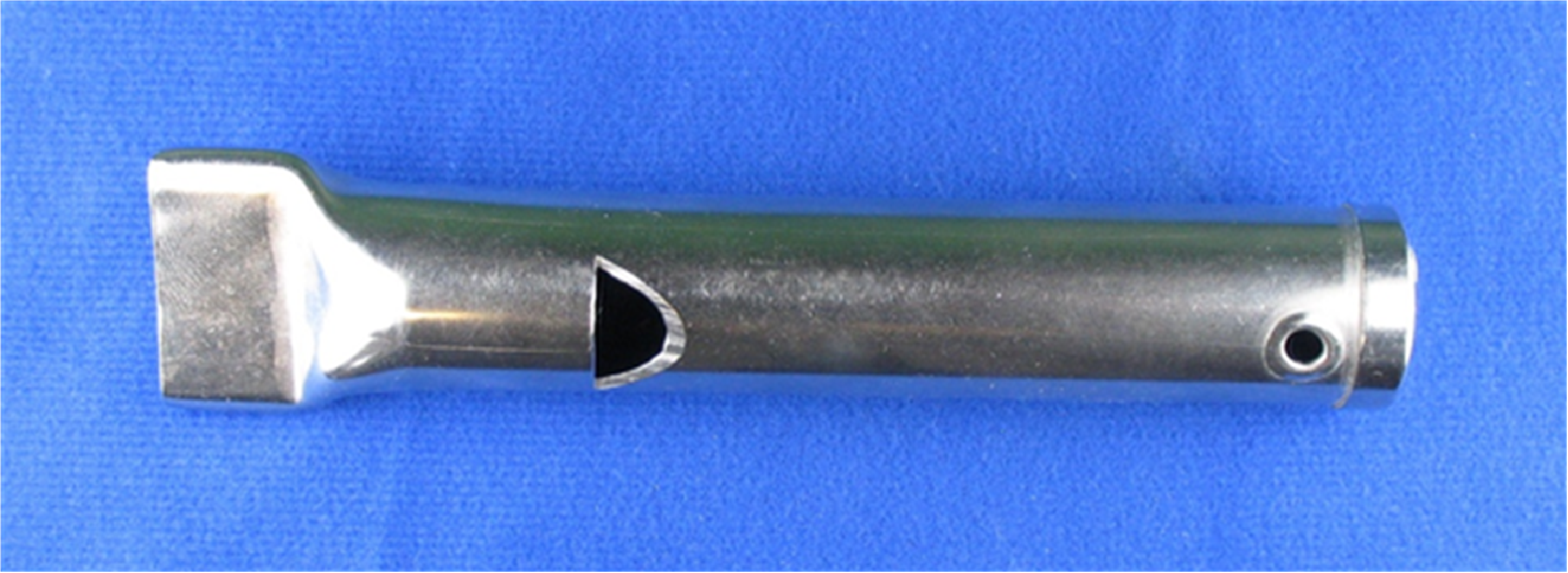
Cuckoo call 1920 Leedy catalog ( likely made by Hudson from the UK ) “ A new efficient trap that is foolproof”
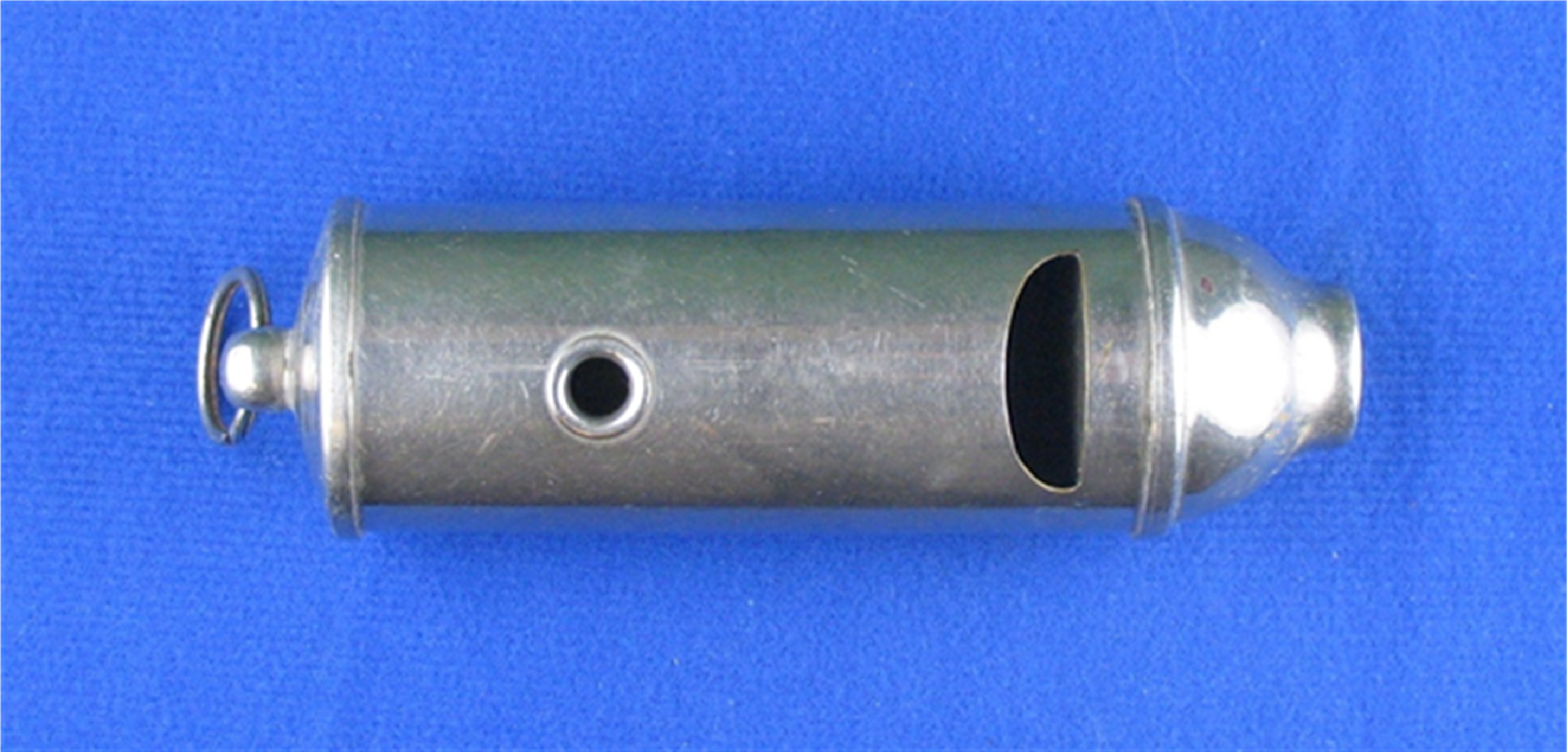
Sliders comprise a very large section of drummer’s traps and inhabit many catalogs. Here are merely some models and in the process of identifying with drummers traps. Many more models exist and are yet to be identified.
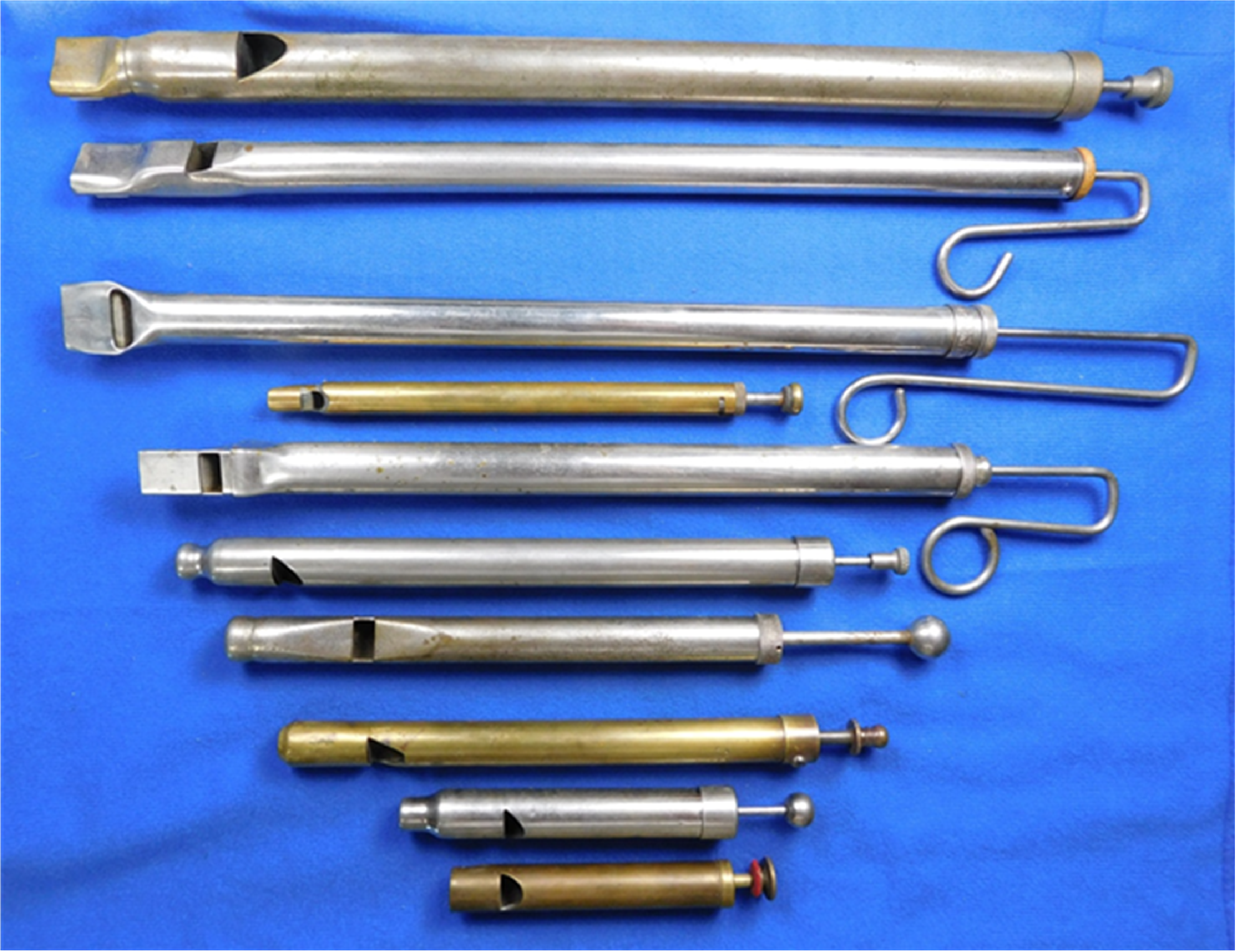
- Barry Manuf. Co. Model # 40 C. 1919-1940 cat.
2) possibly Barry Manufacturing Co. model # 33 C. 1919-1930 cat.
3) Ludwig song C. 1920
4) unidentified
5) possibly Barry Manuf. – smaller model
6) Walberg & Auge – 9 inch model #244 steam exhaust C. 1917 cat.
7) possibly James Ward – model # 554 Quail C 1904 cat.
8) J.W. Pepper model No. 6 C. 1911cat.
9) Walberg & Auge Bob White C.1911 cat.
10) Oliver Ditson ( Manuf. Martin Signal ) model # 180 Bob White C. 1910 cat.
Additionally found, was an unknown slider by Johnson. His whistles had previously been thought to focus on cycling and indeed they were. This model was promoted as a sound effect whistle for a ‘locomotive’ sound.
Model # 36 – 1910 duplex catalog made by F.L. Johnson

Warblers surprisingly come in a wide array of sound effects and in fact rival sliders. Let’s begin a picture by picture breakdown.
Circa 1904 model #11 – Jas H. Ward
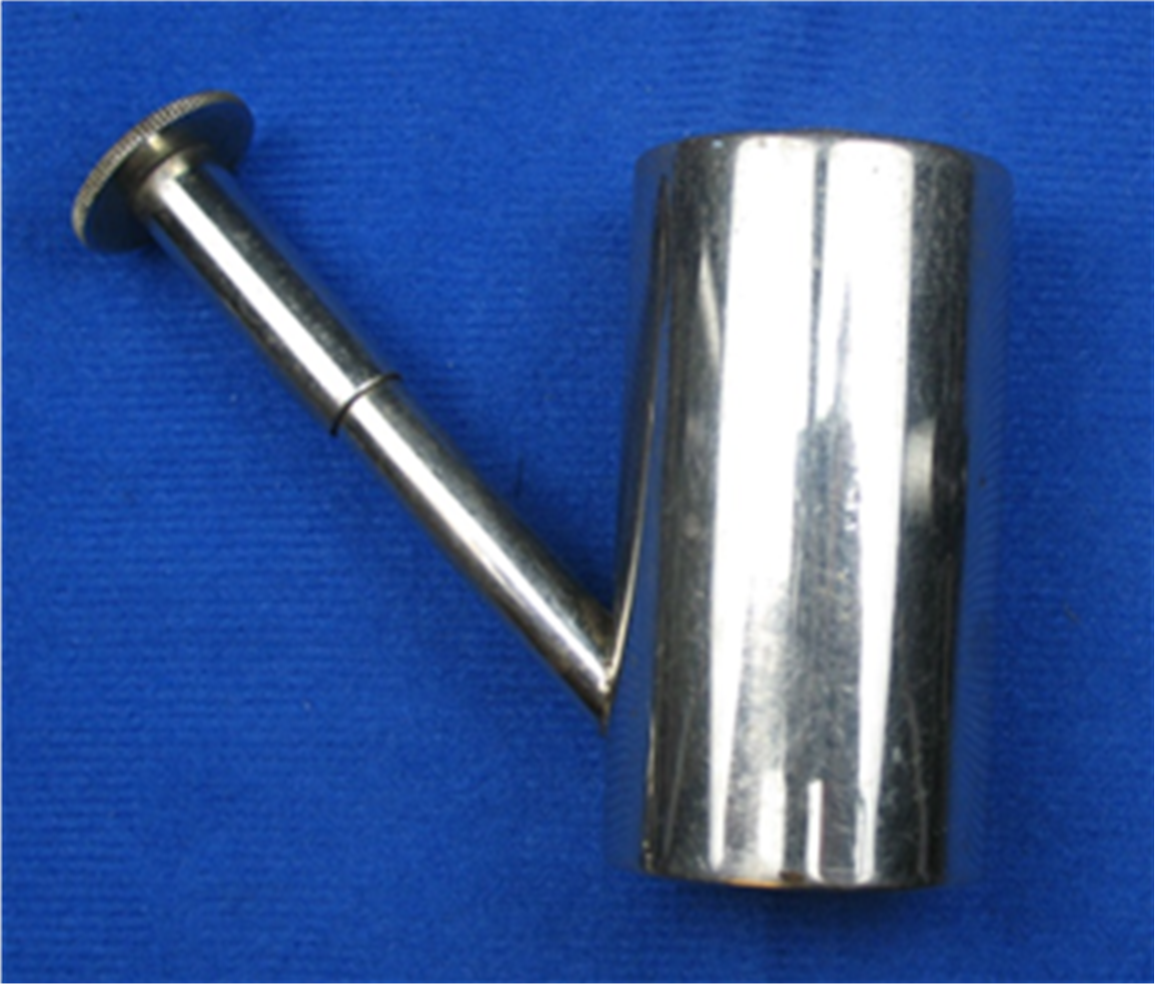
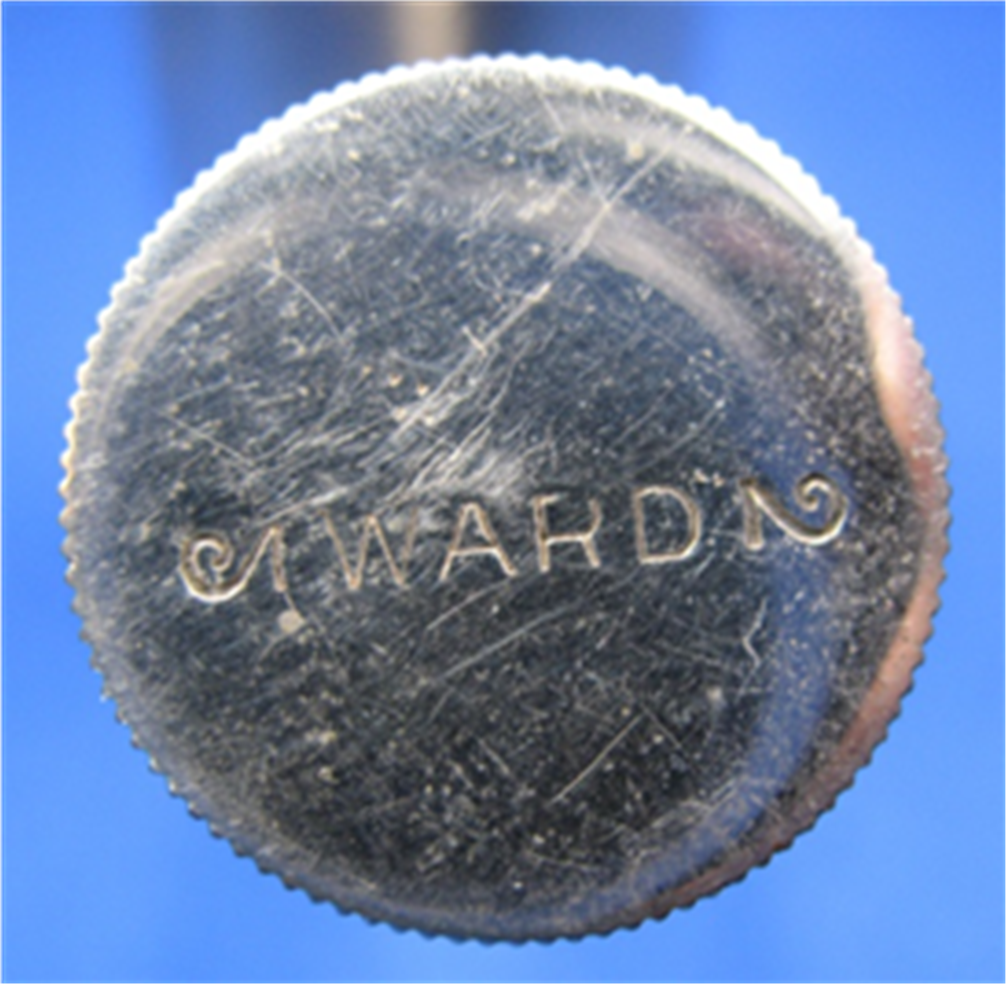
The following picture is unattributed ( credit invited )
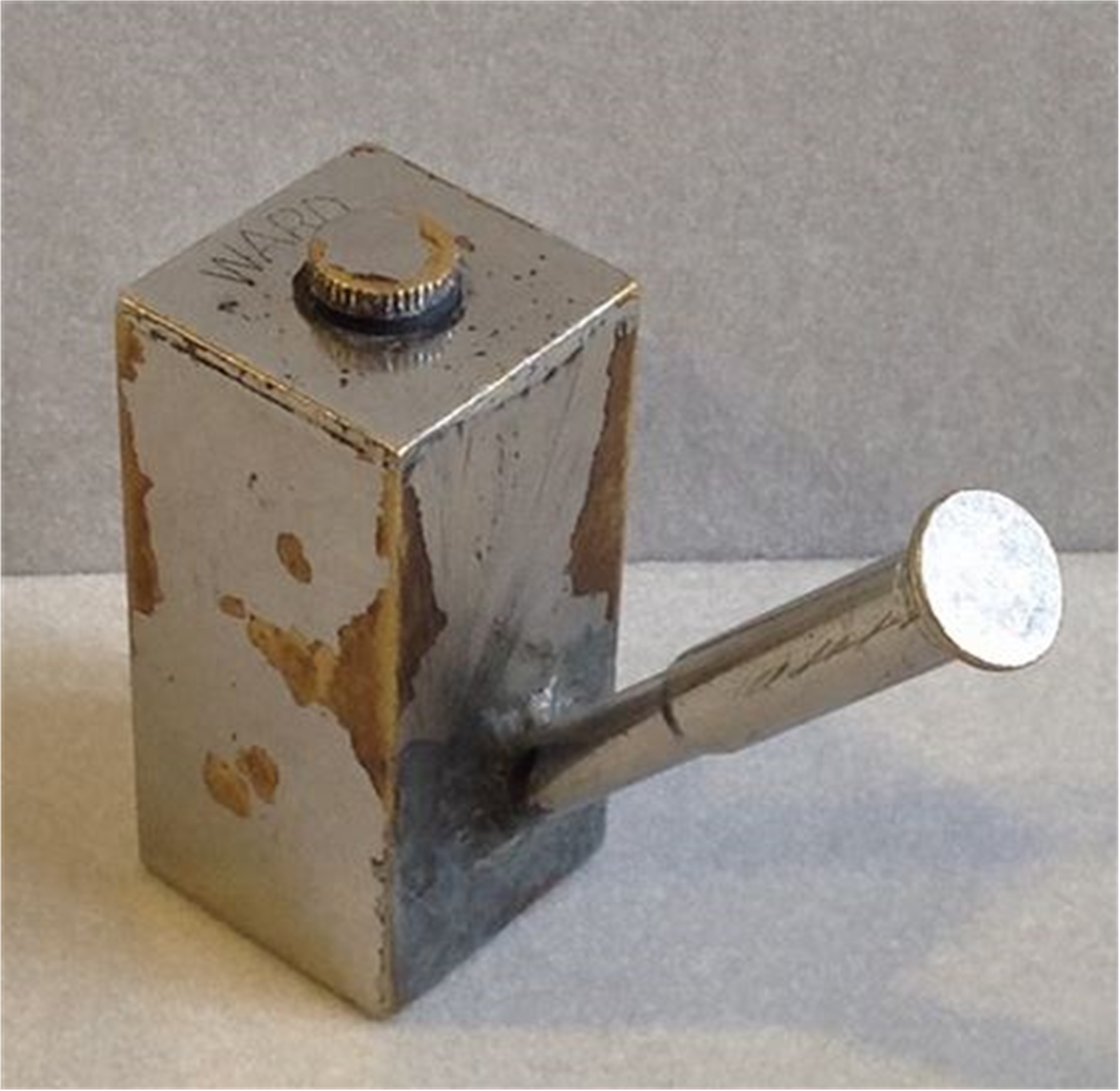
No 11 Ward Canary
J.W. Pepper C 1911 cat
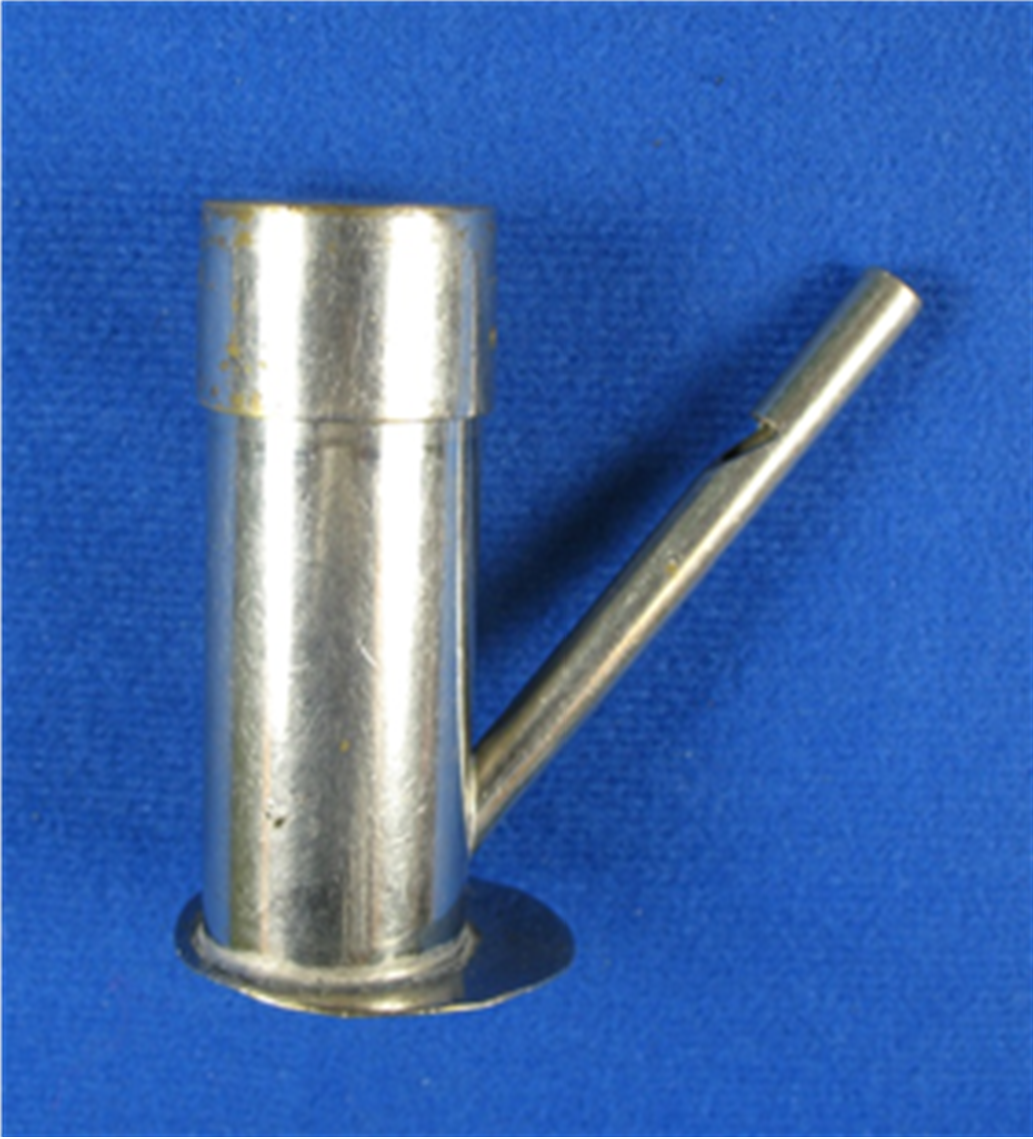
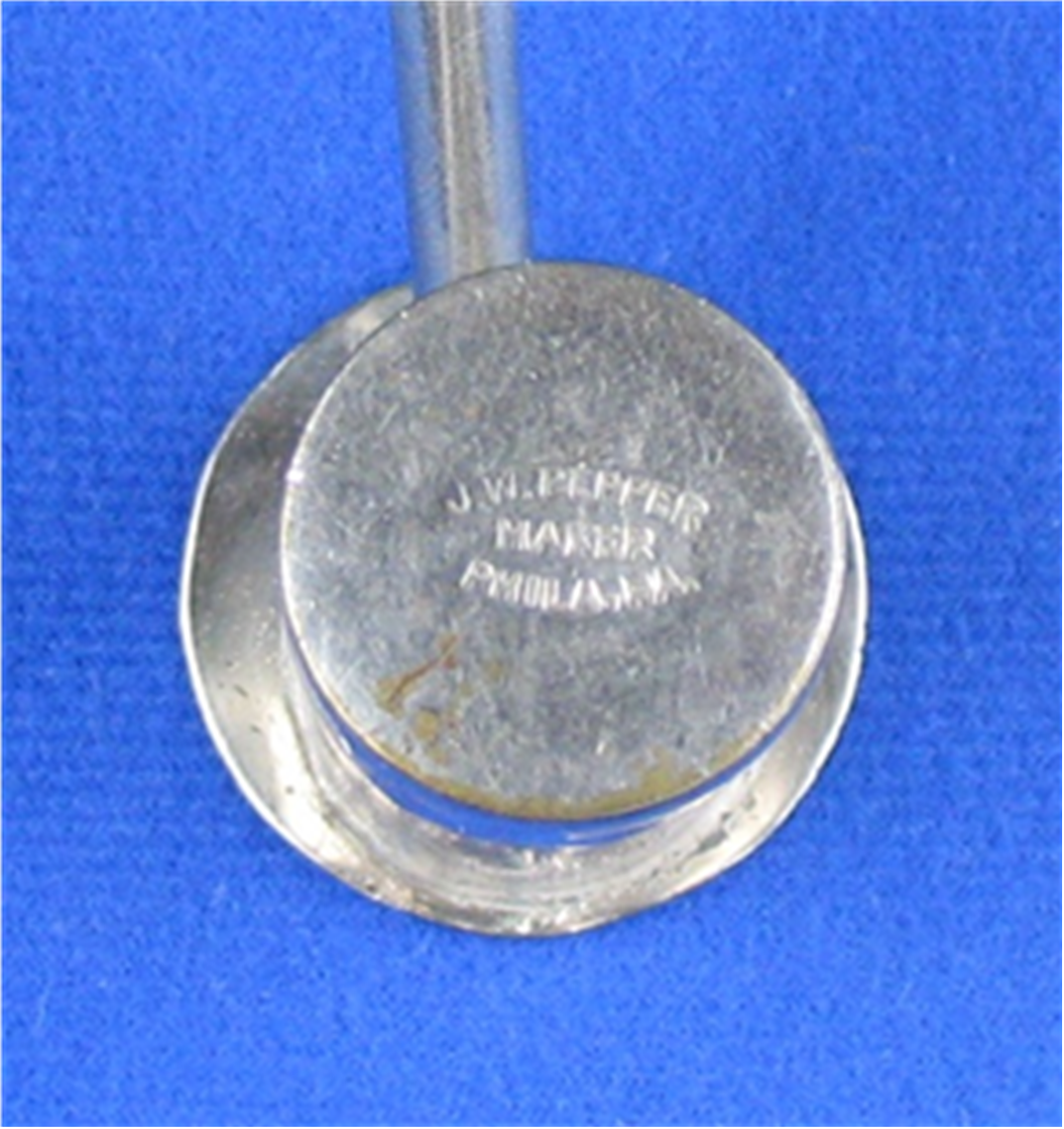
F. E. Dodge C.1907 came with 3 and four vents on top
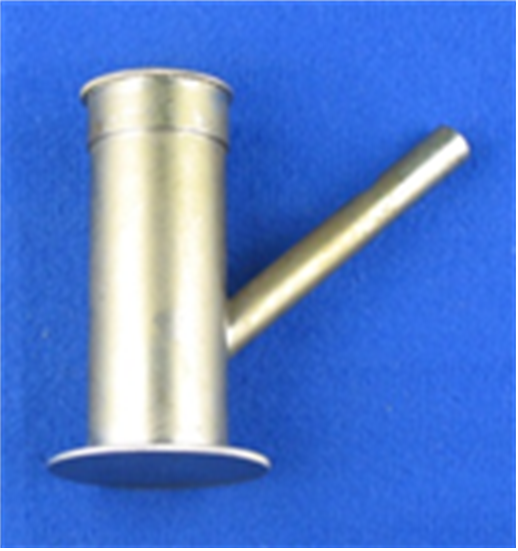
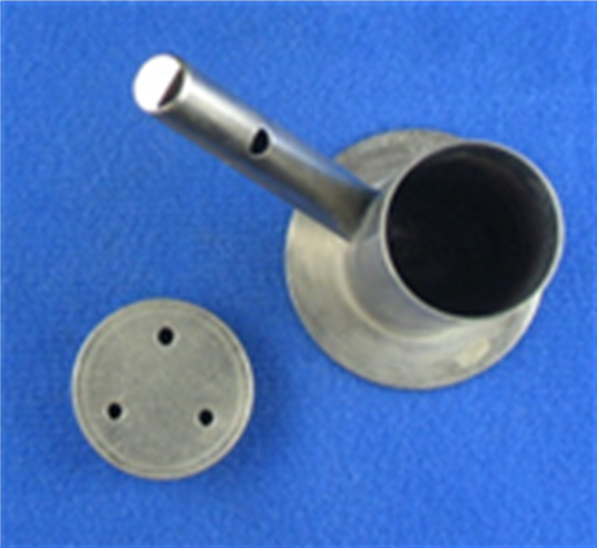
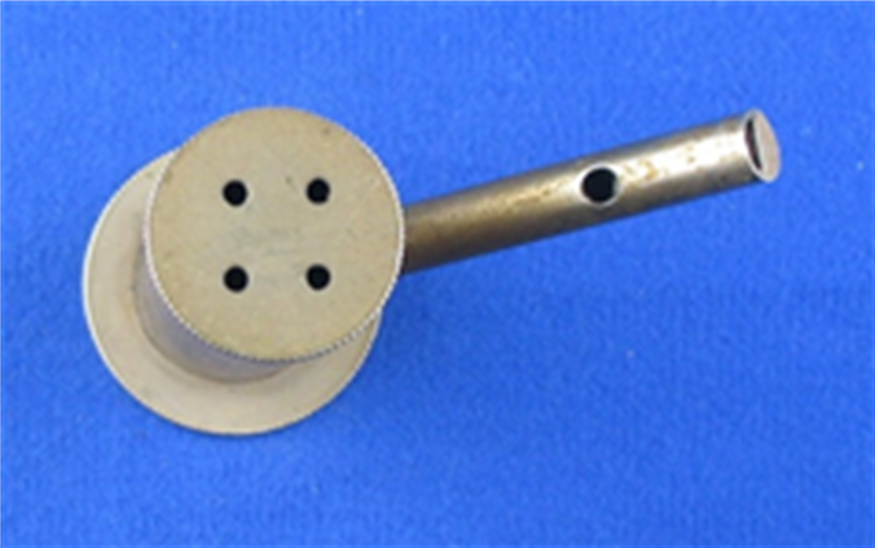
20th Century ACME Circa 1911
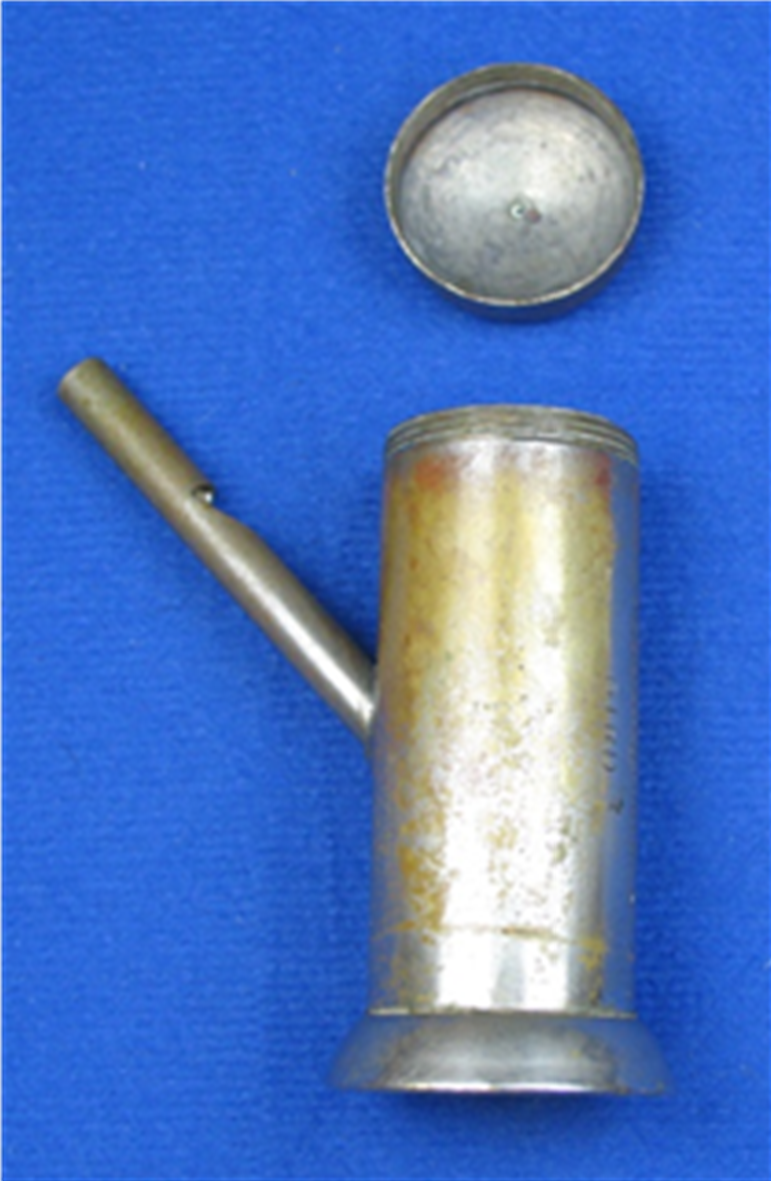
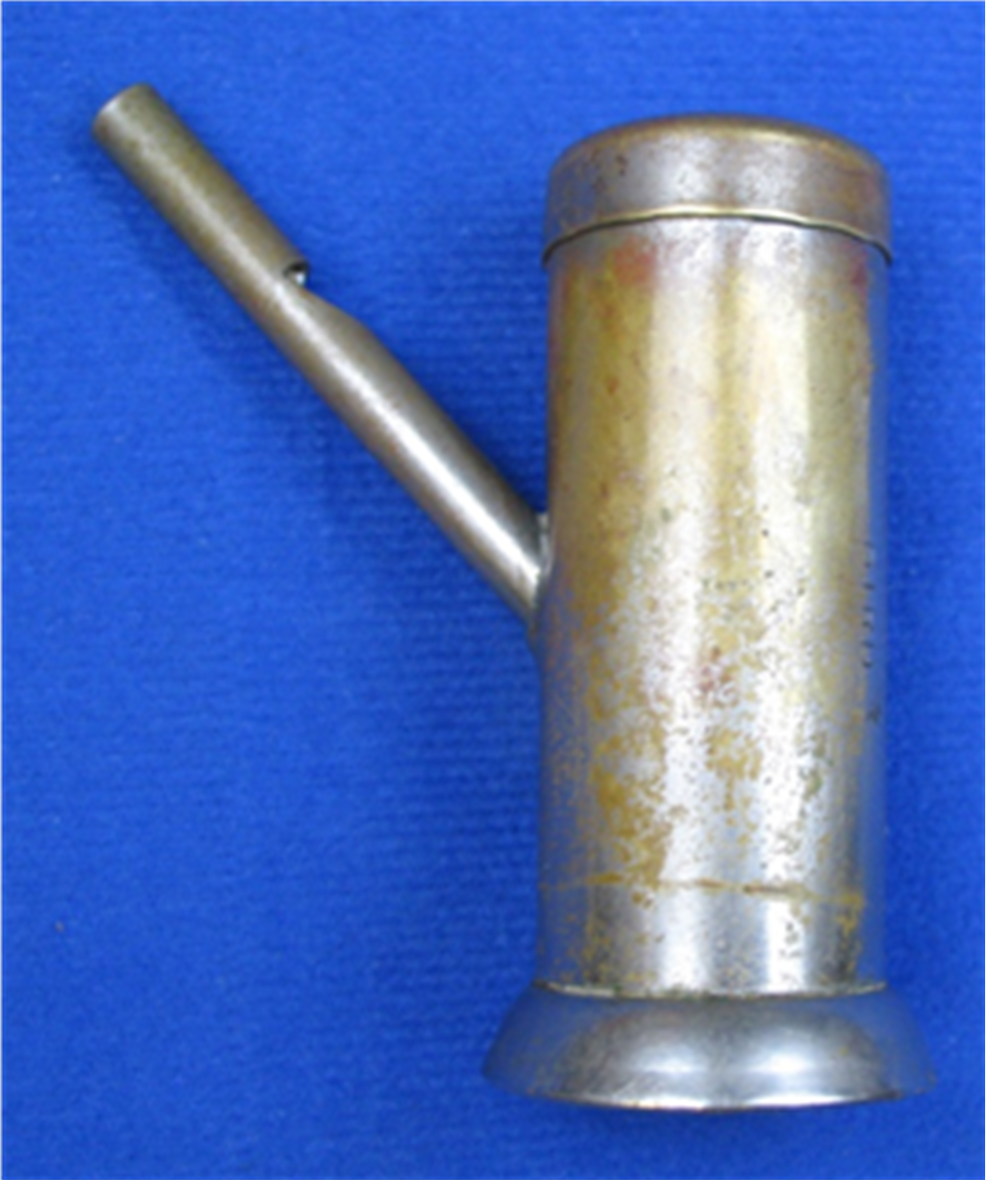
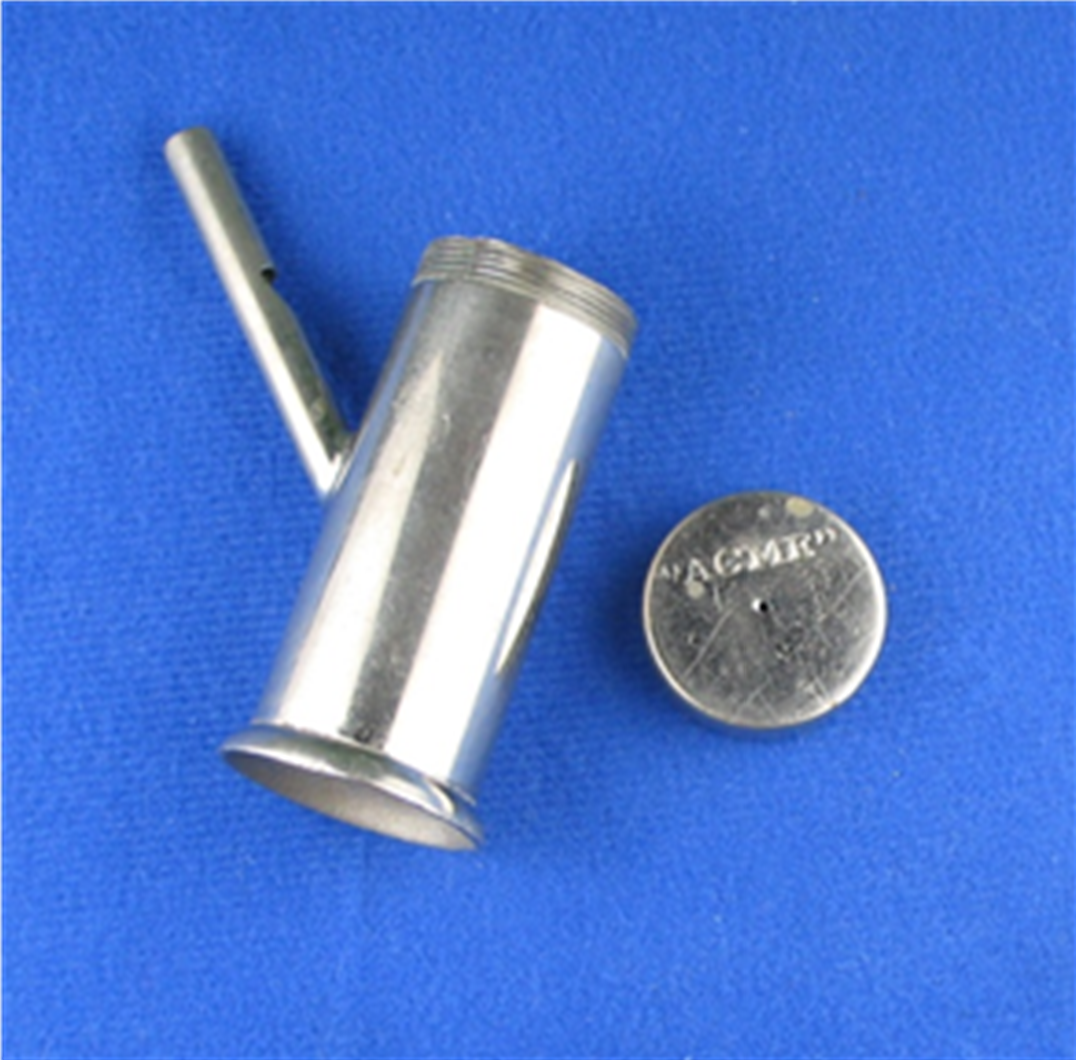
# 1048 – description only as: Cylindrical copper body, with cone shape top, large size. Circa 1911.
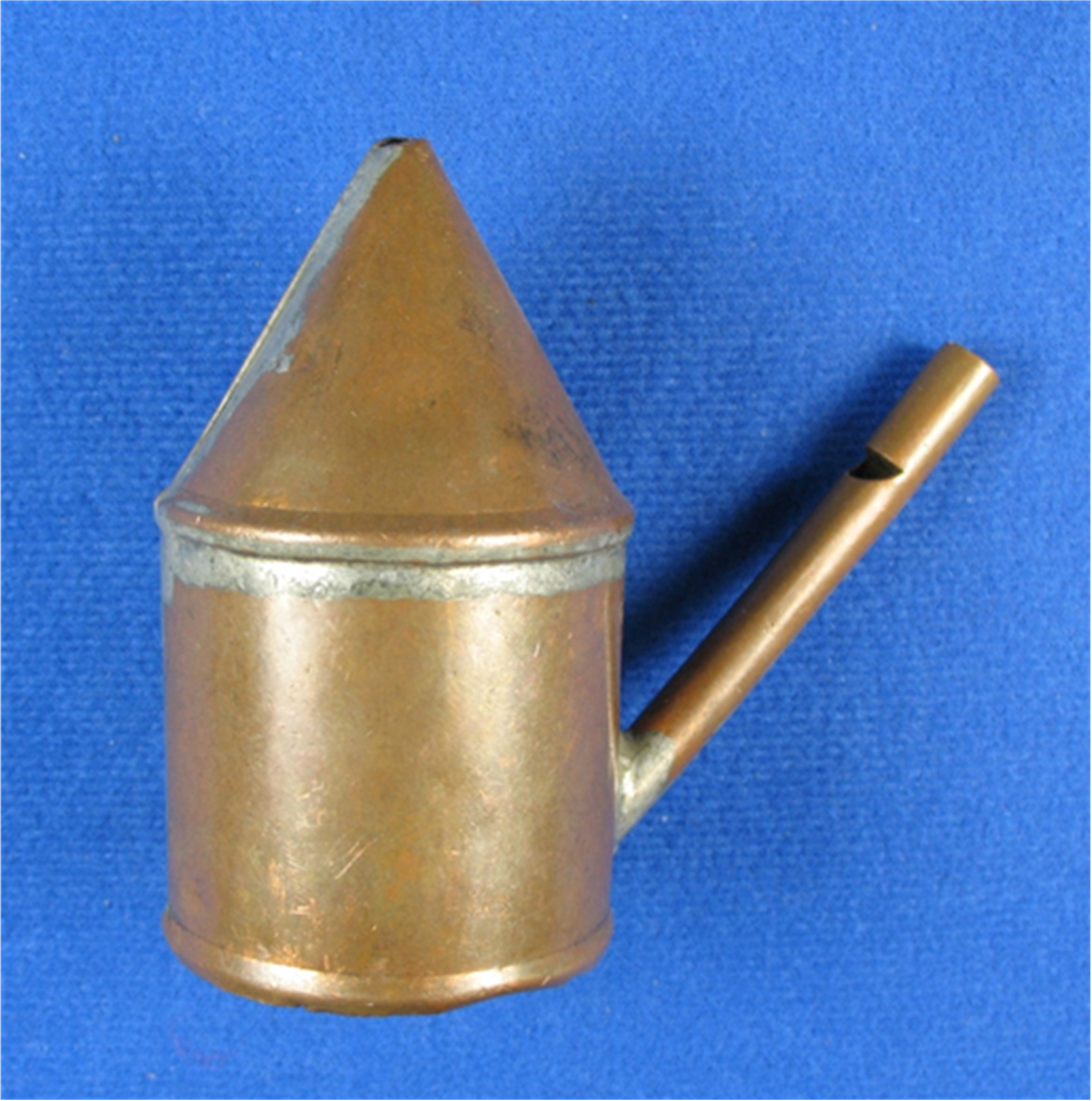
Order # 102 Walberg & Auge – Circa 1911 cat. Perfection Bird whistle
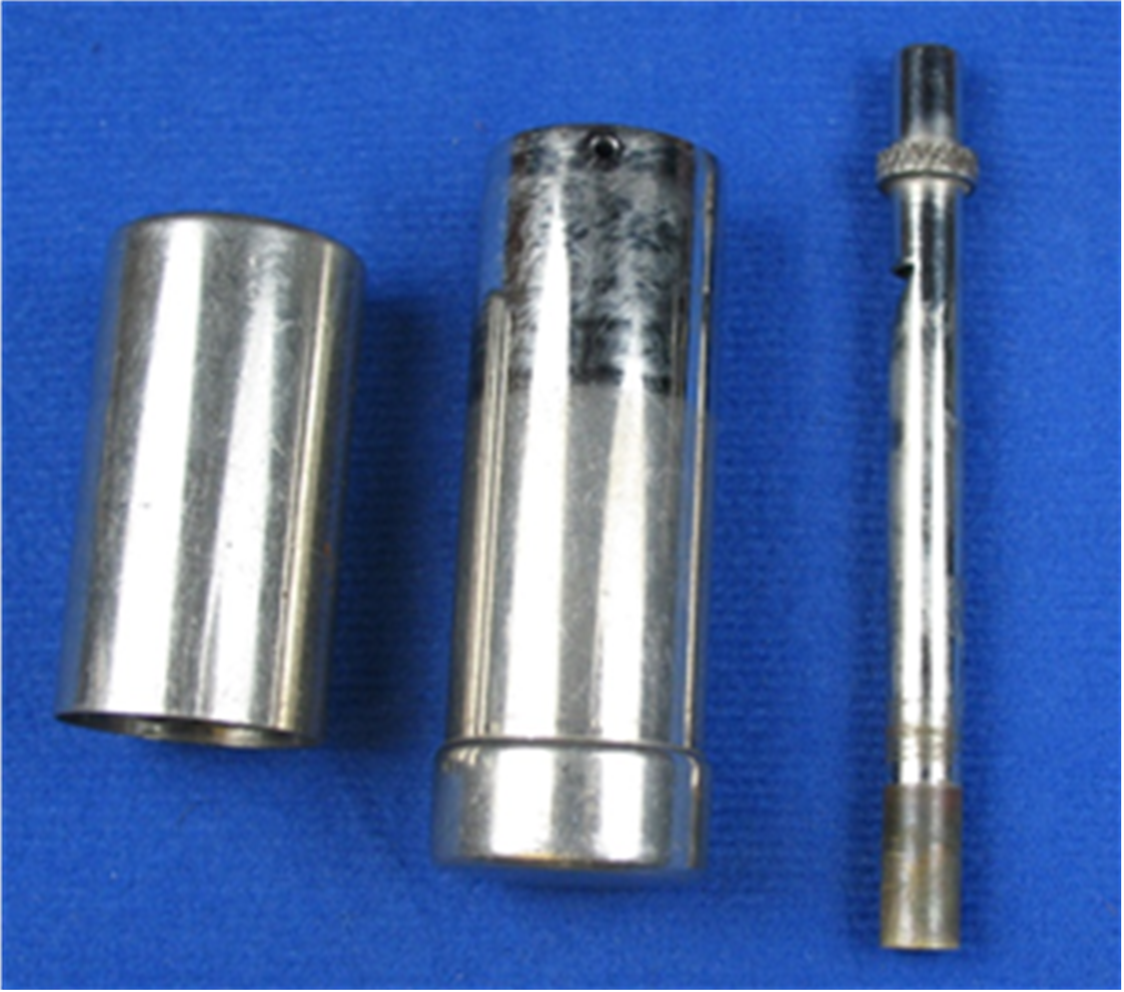
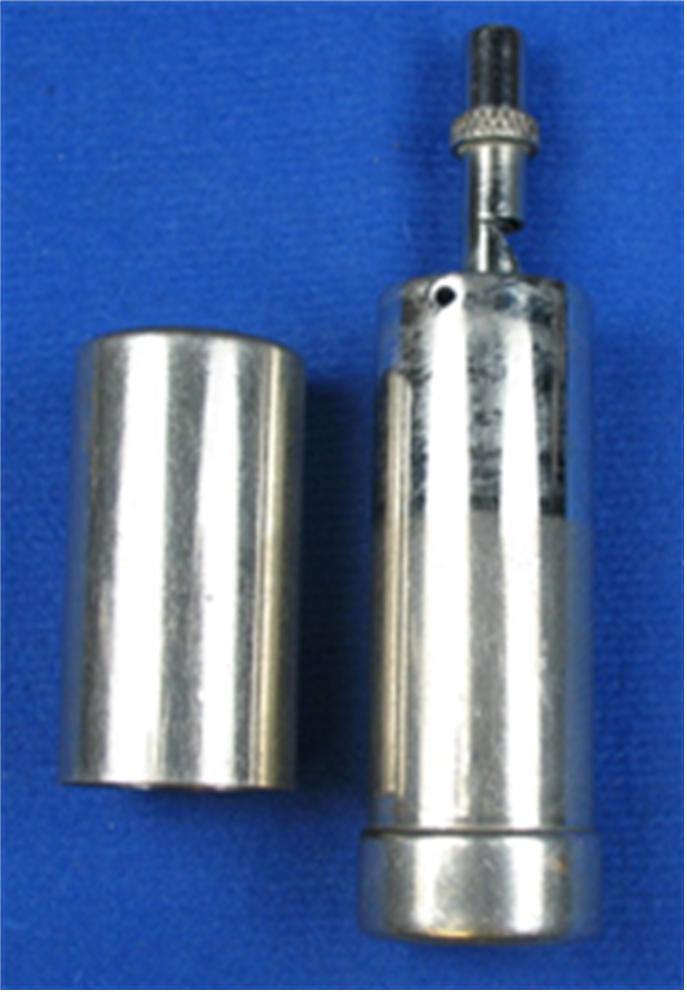
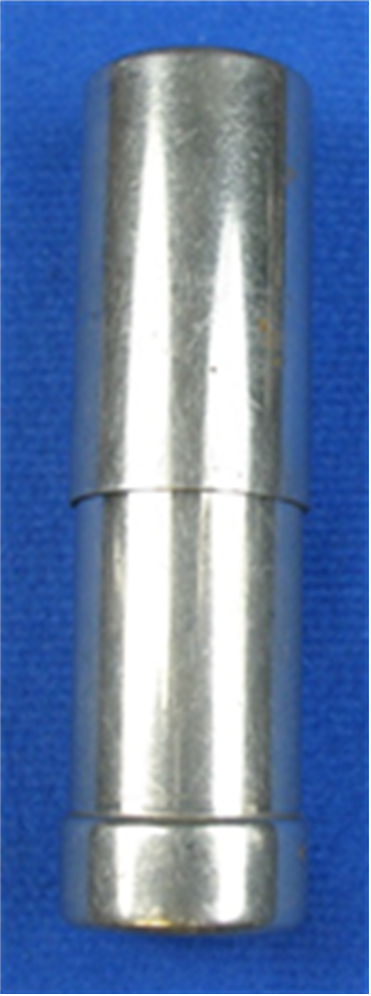
Circa 1919 – Barry Drum Manuf. Co. model * 43
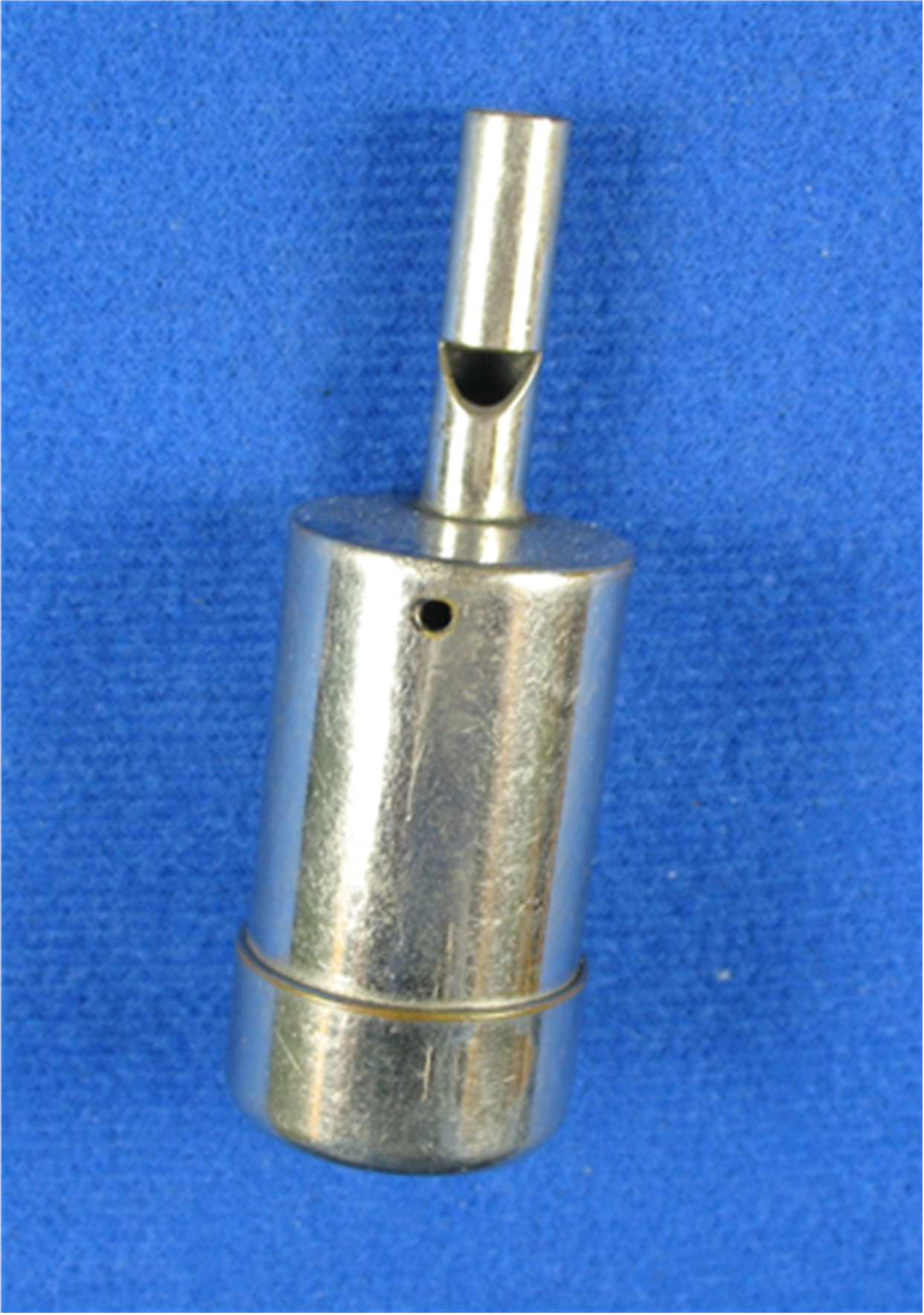
Leedy circa Circa 1920 cat
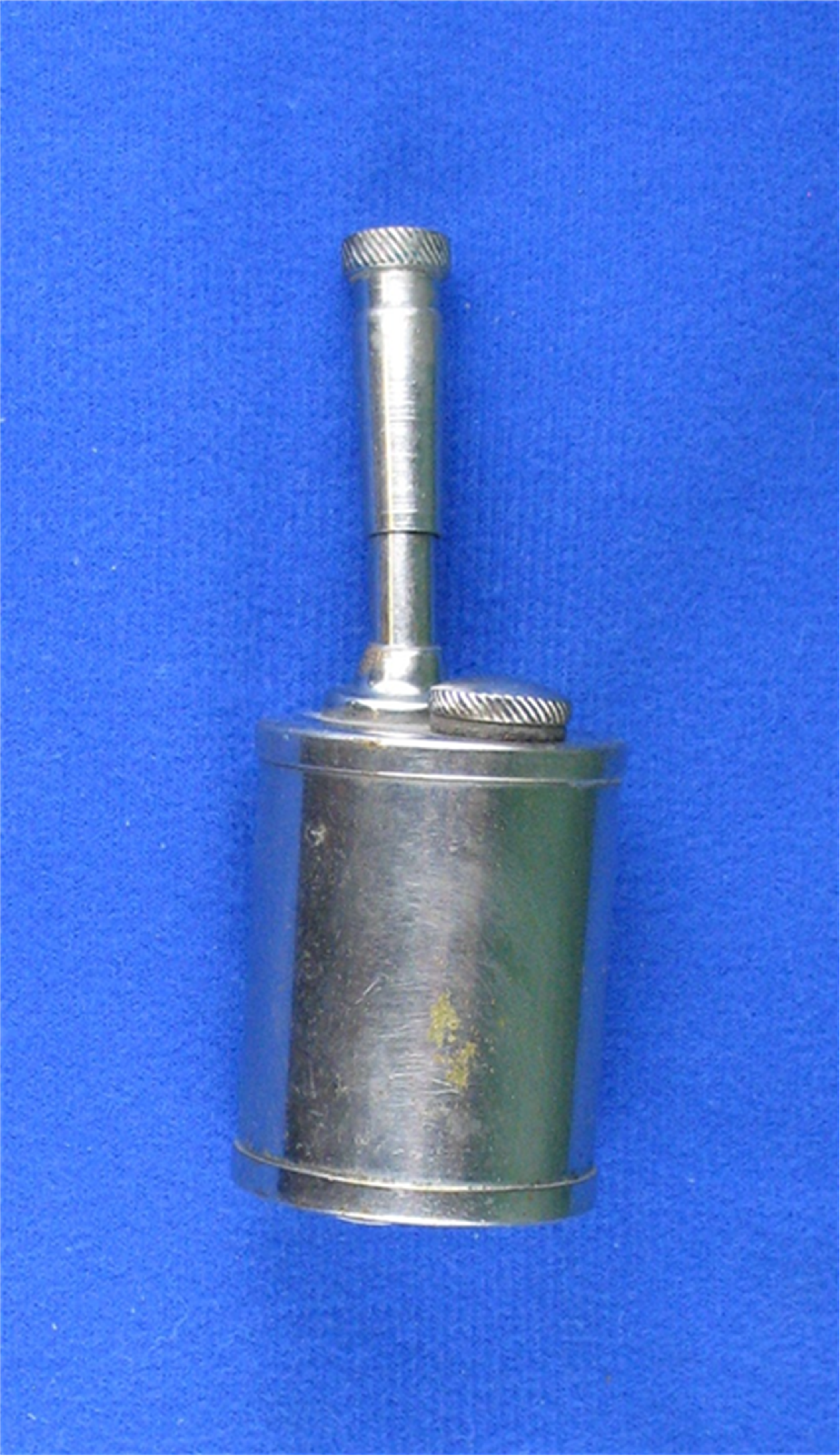
Large Ludwig Circa 1920 cat ( similar to Ward )
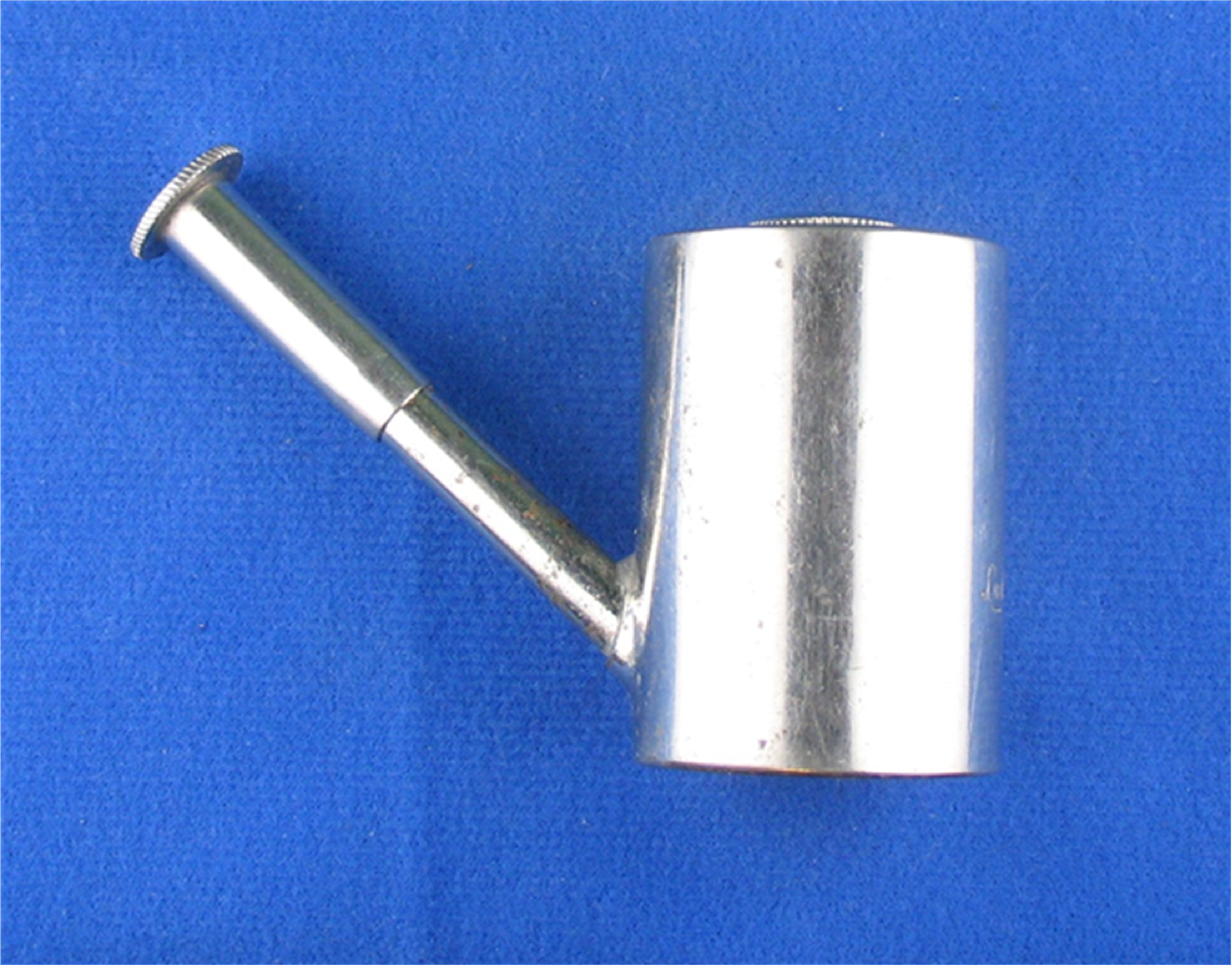
Some unknowns
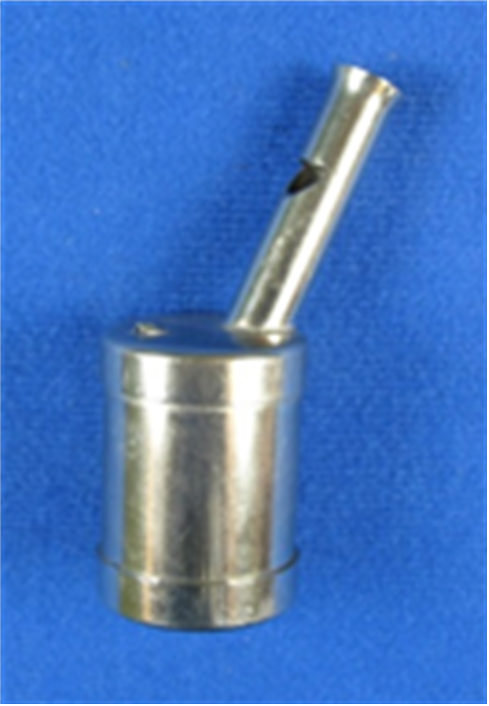
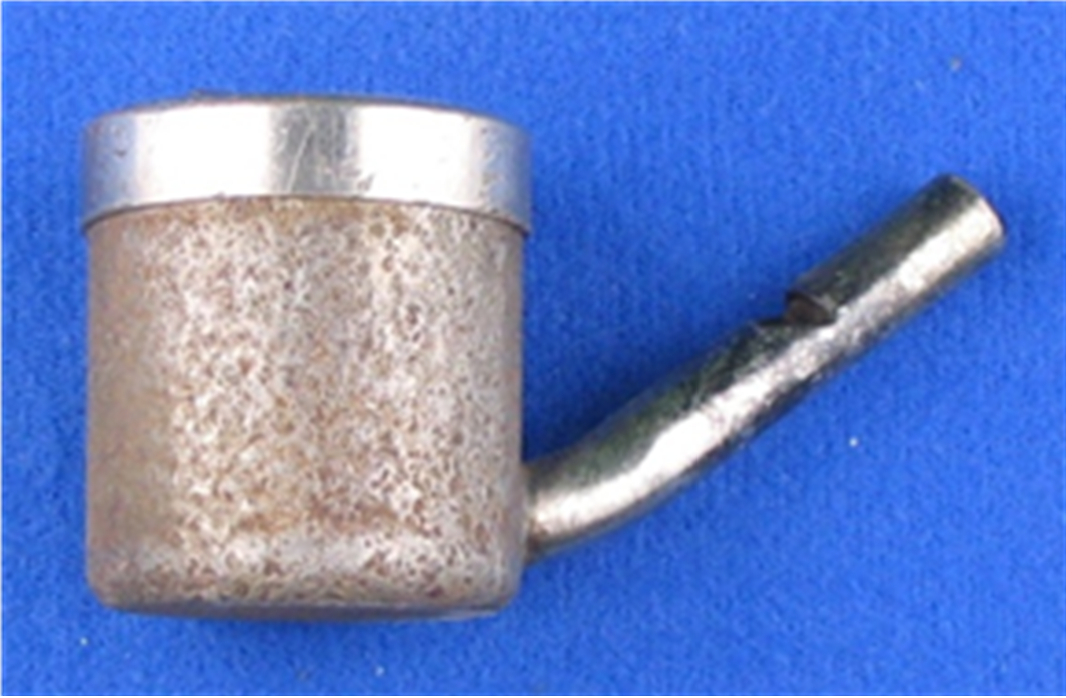
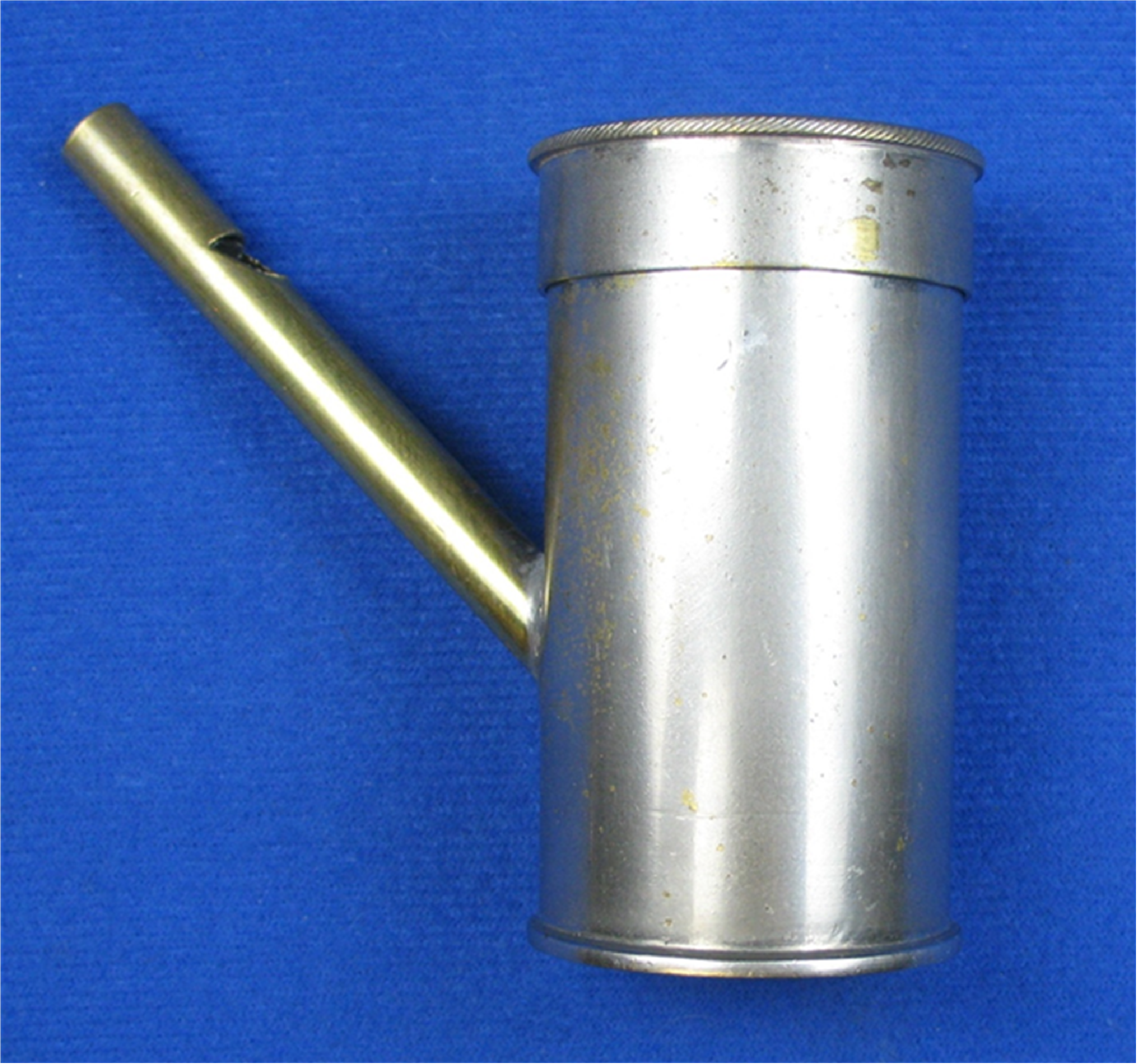
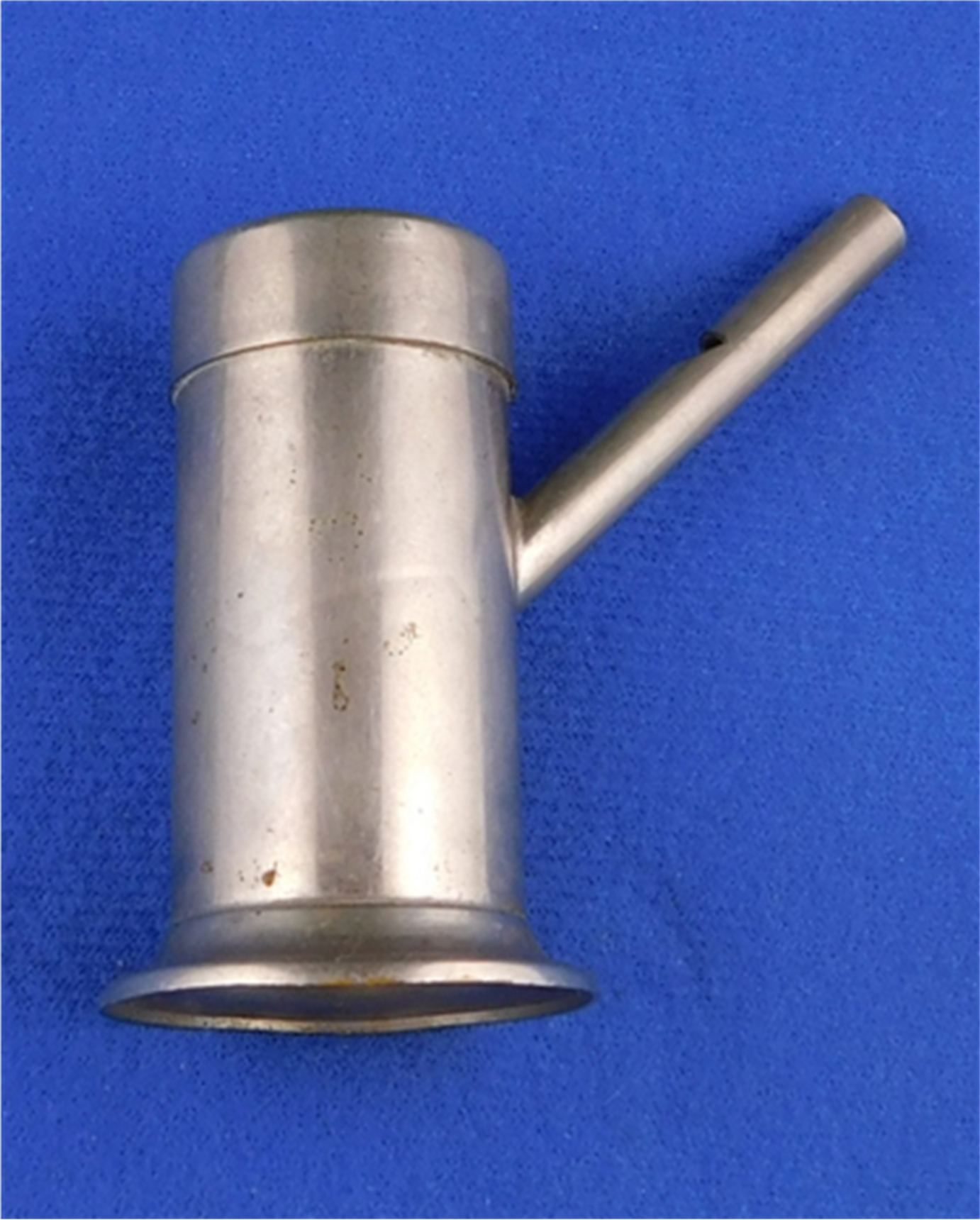

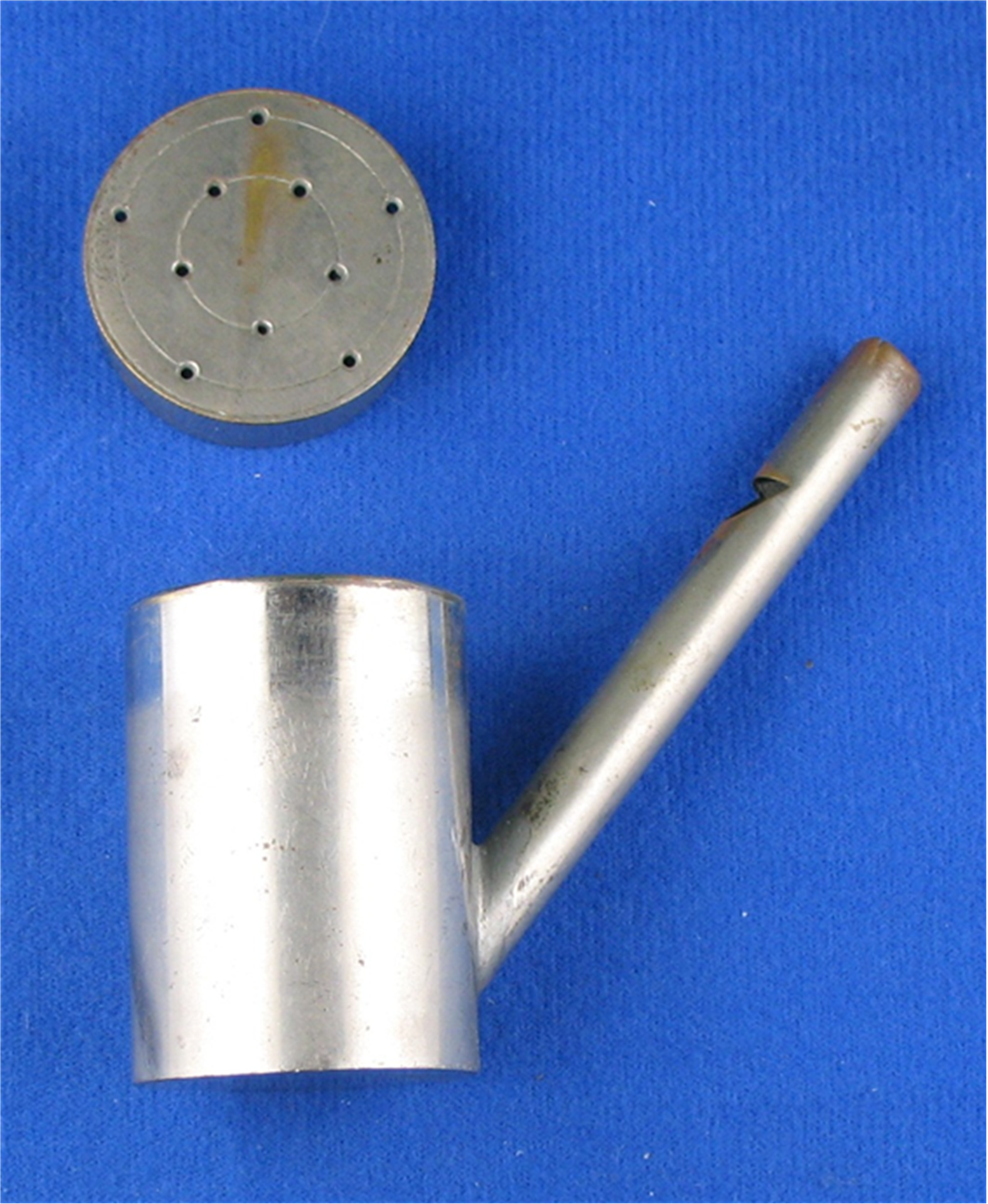
Lastly GSWs or general service whistles close out the article. ( C. 1923 common GSW )
Interestingly enough, by 1935 there was still Drummer’s traps listed by Grossman including a bakelite escargot ( filed siren ) , tankards, tri tones ( smaller and larger ), cased sirens, and slide whistles.
With movies incorporating sound more actively, drummer’s sound effects began to wane. Radio would still require them for a period further.
In conclusion, drummers trap whistles and sirens as a subsection comprises a large section of whistle collecting and study. As we learn and add more, may this serve as a jump off point for understanding a remarkable point in the history of whistles and sirens.
– TWG
Posted June 5, 2019
BIBLIOGRAPHY:
**special thanks to Nick White at Percussion Sound Effects
http://www.vintagedrumguide.com/ludwig_snare_drum_catalog_pages.html — ludwig
http://www.vintagepercussionsoundeffects.com/store/c1/Featured_Products.html – catalogs
http://www.loc.gov/pictures/index/names/f/
Laurence Libin, Metropolitan Museum of Art (New York, N.Y.) – 1985 – Musical instruments
Original Chamber Percussion Works for Silent or Silenced Film in Live Performance – 2016
http://www.walbergandauge.com/Contactus.htm
https://tsdca.org/history/
History – Hollywood
http://xroads.virginia.edu/~ma02/easton/vaudeville/vaudevillemain.html










